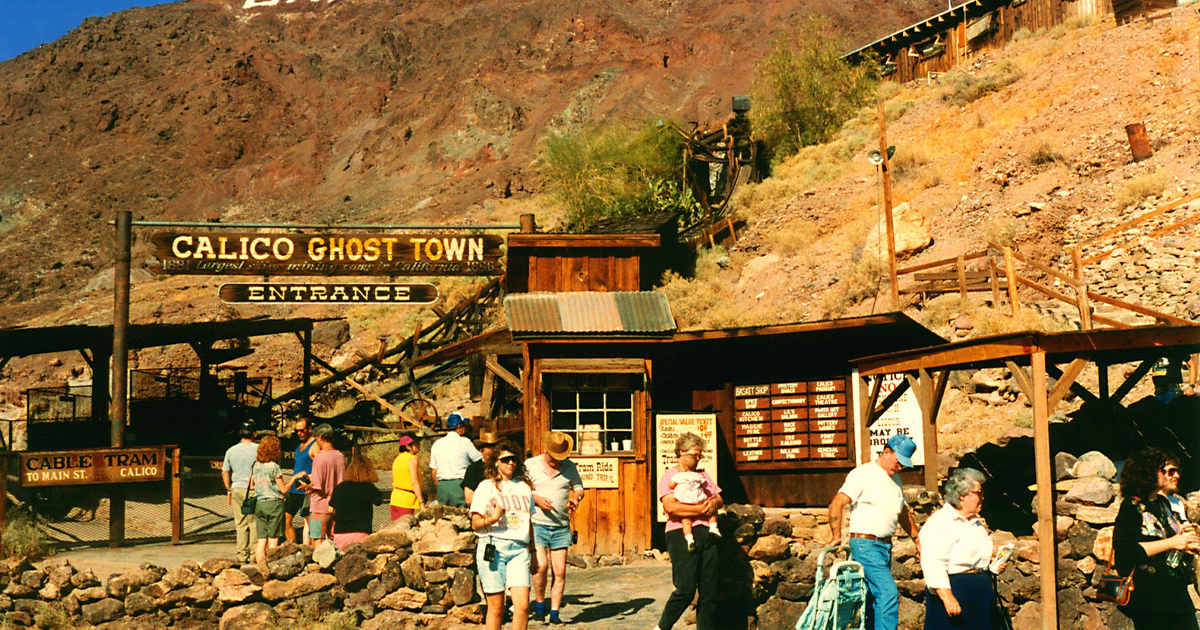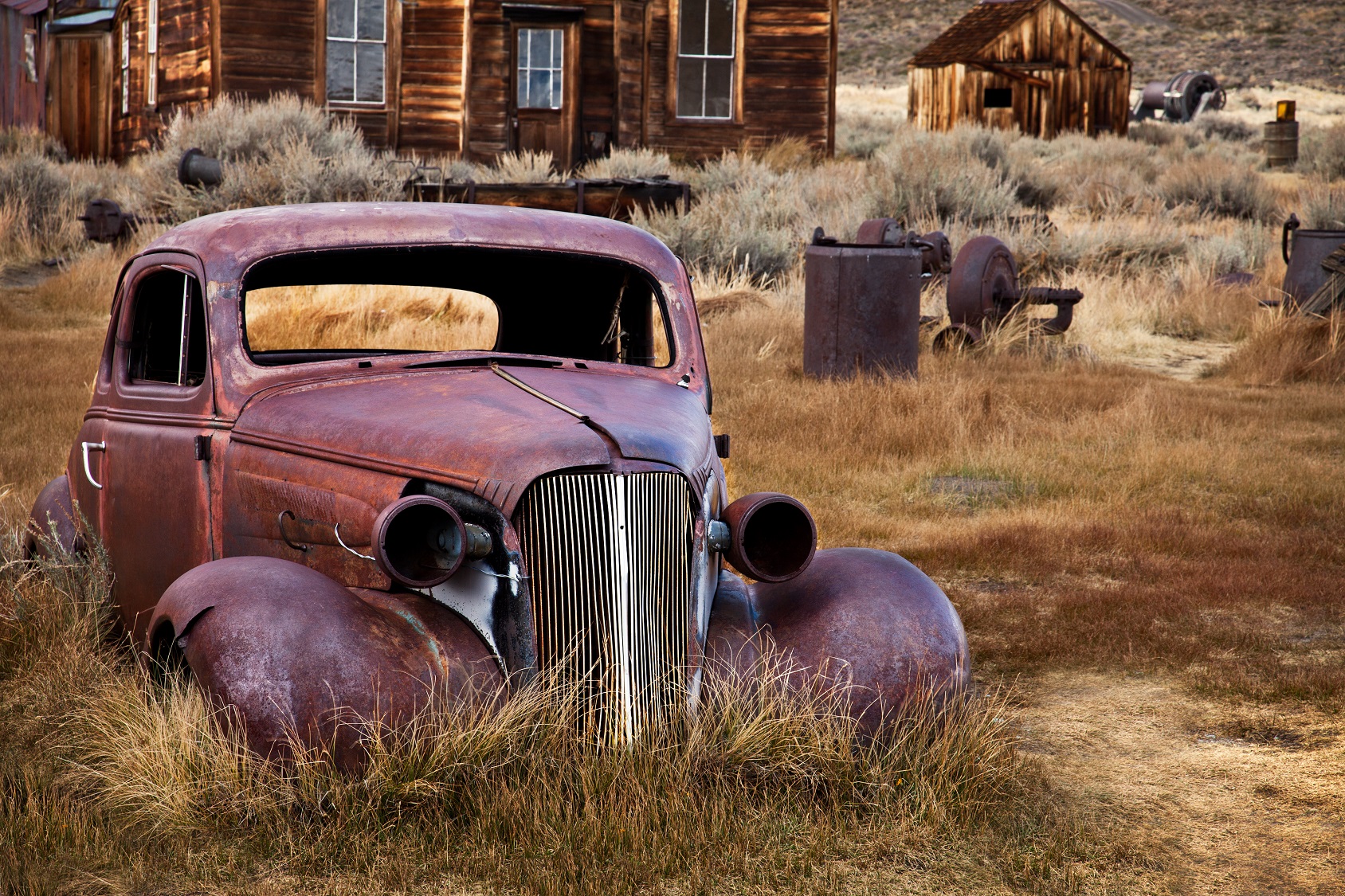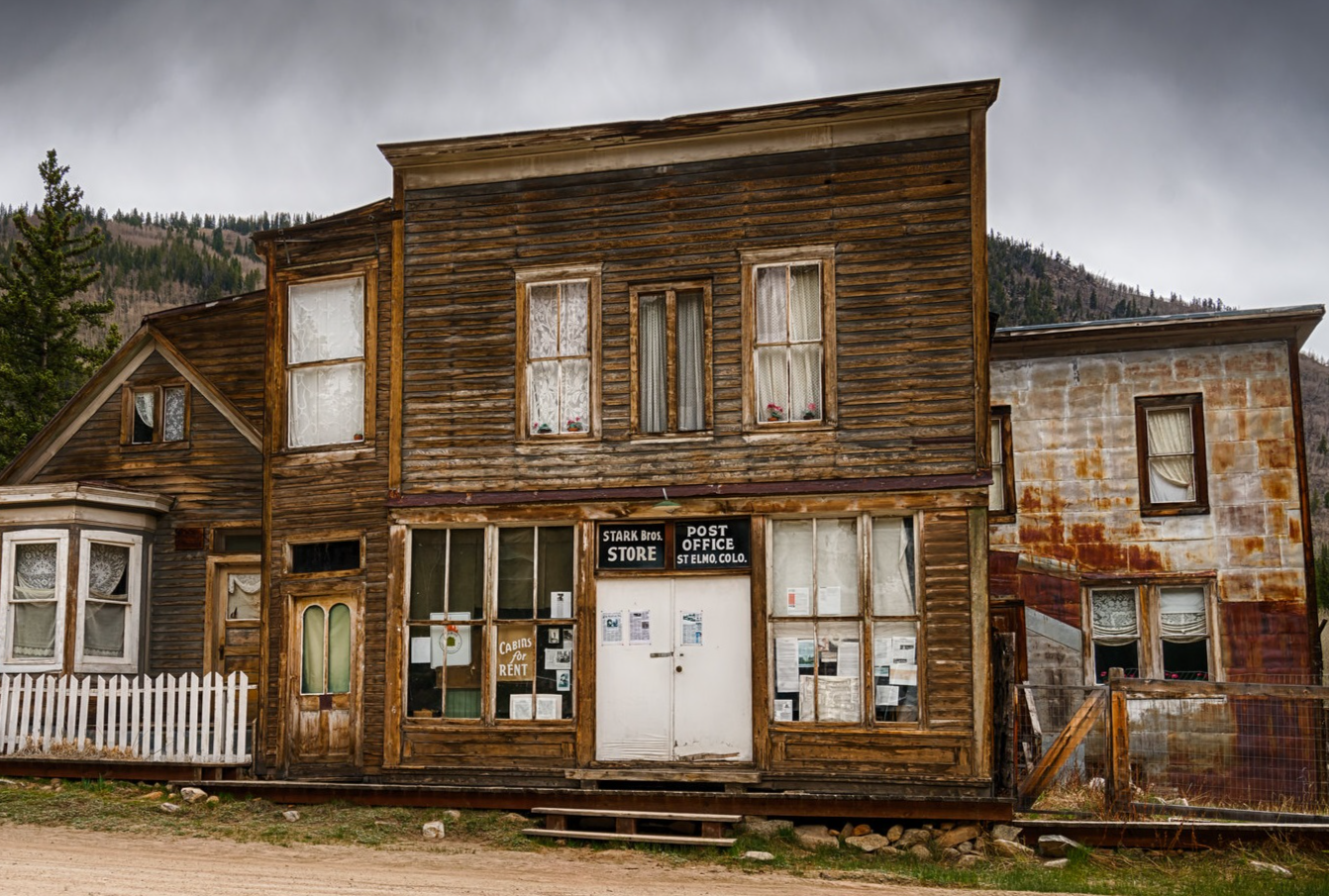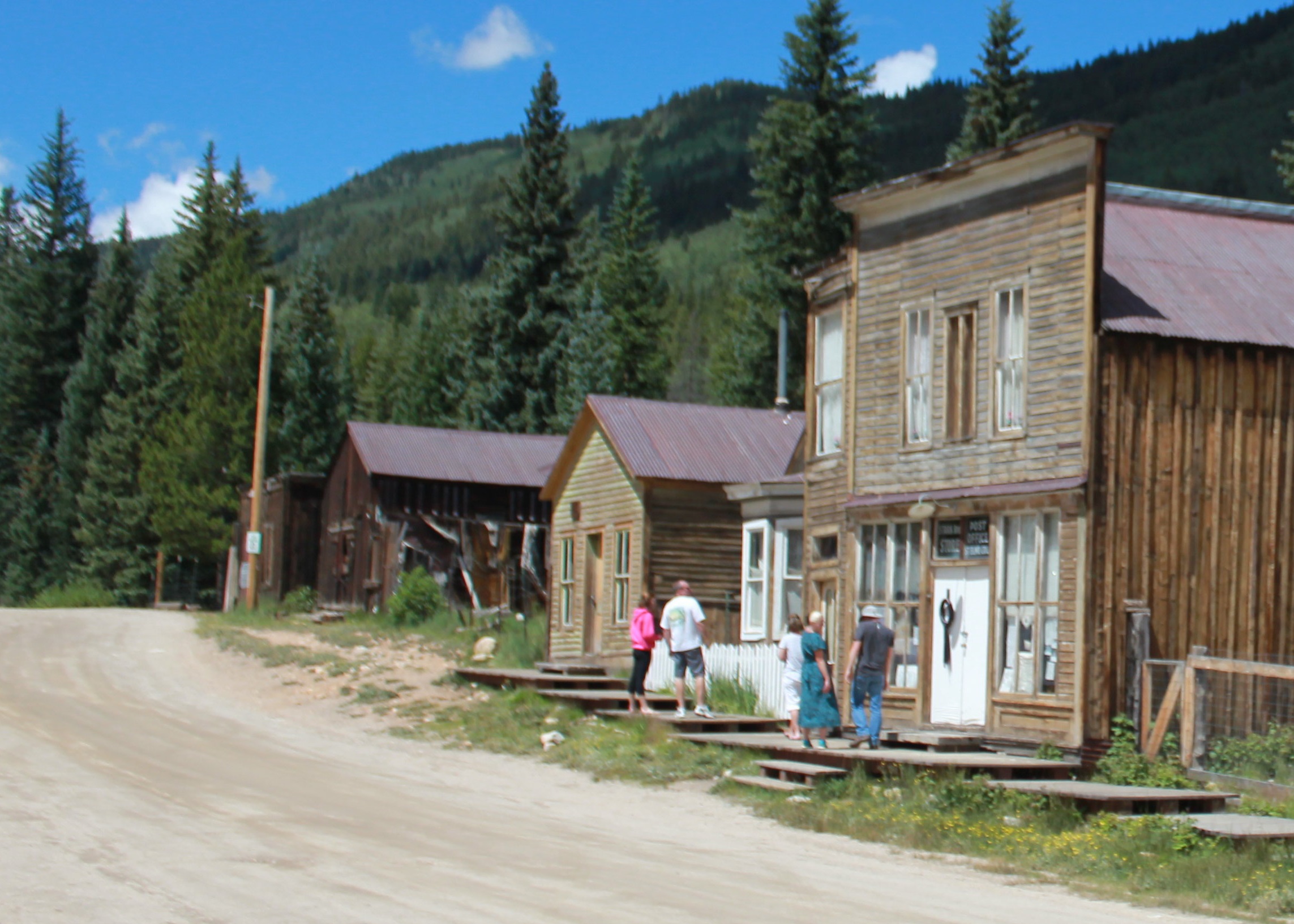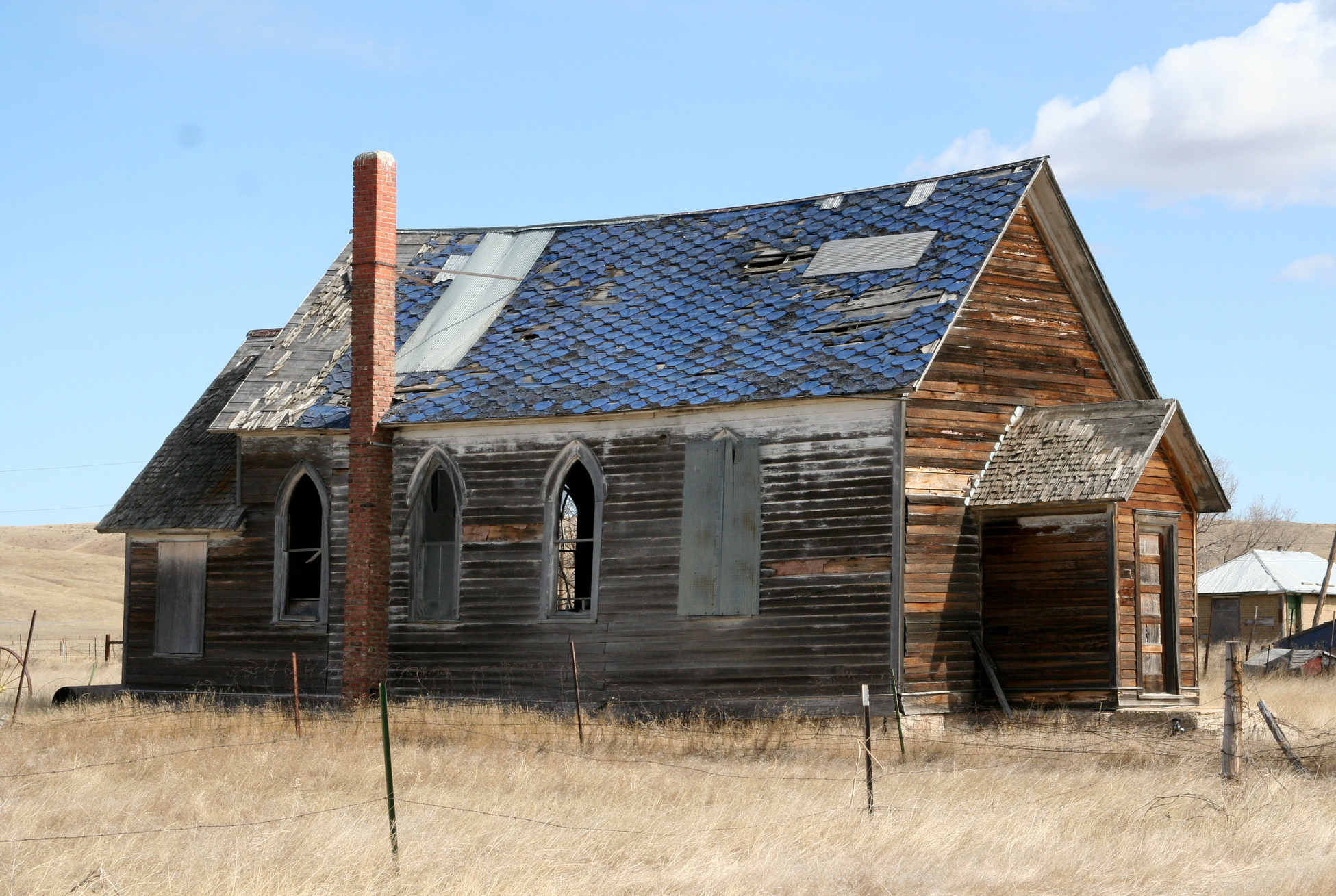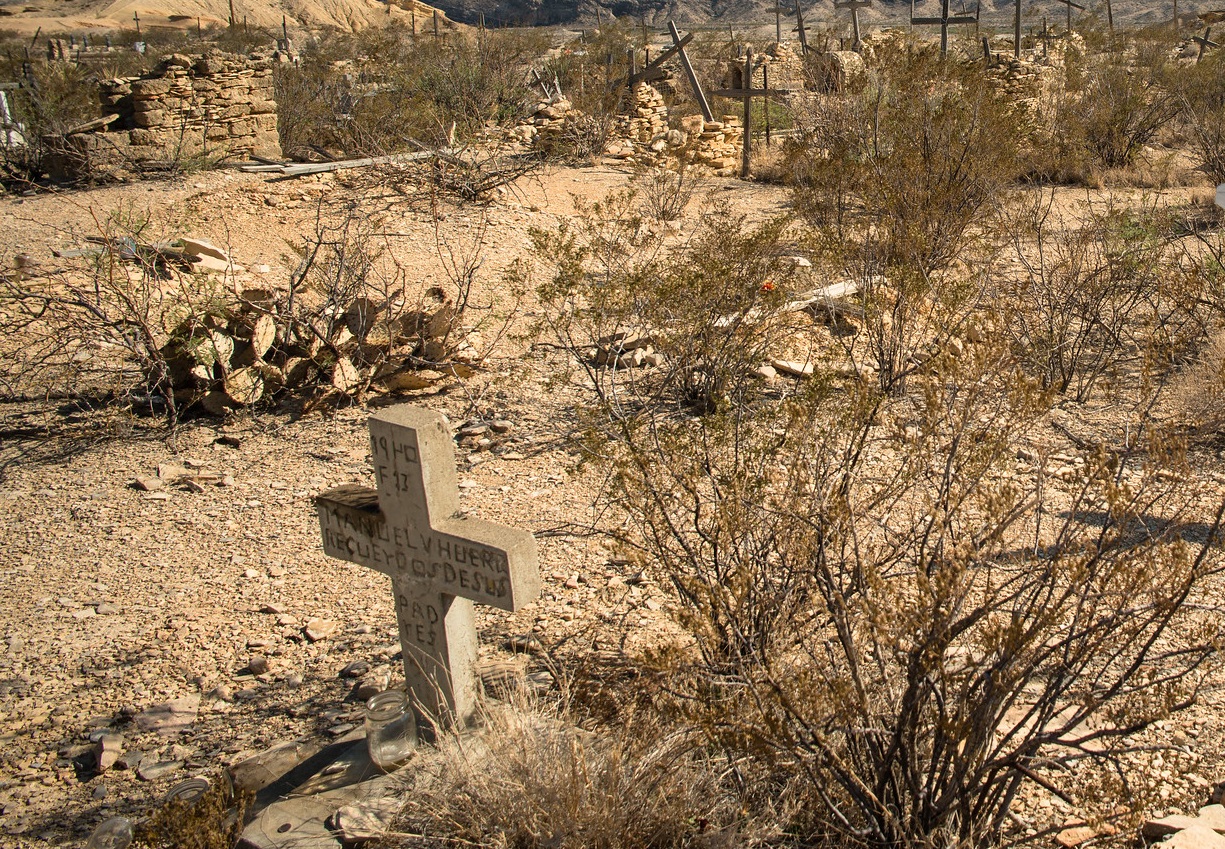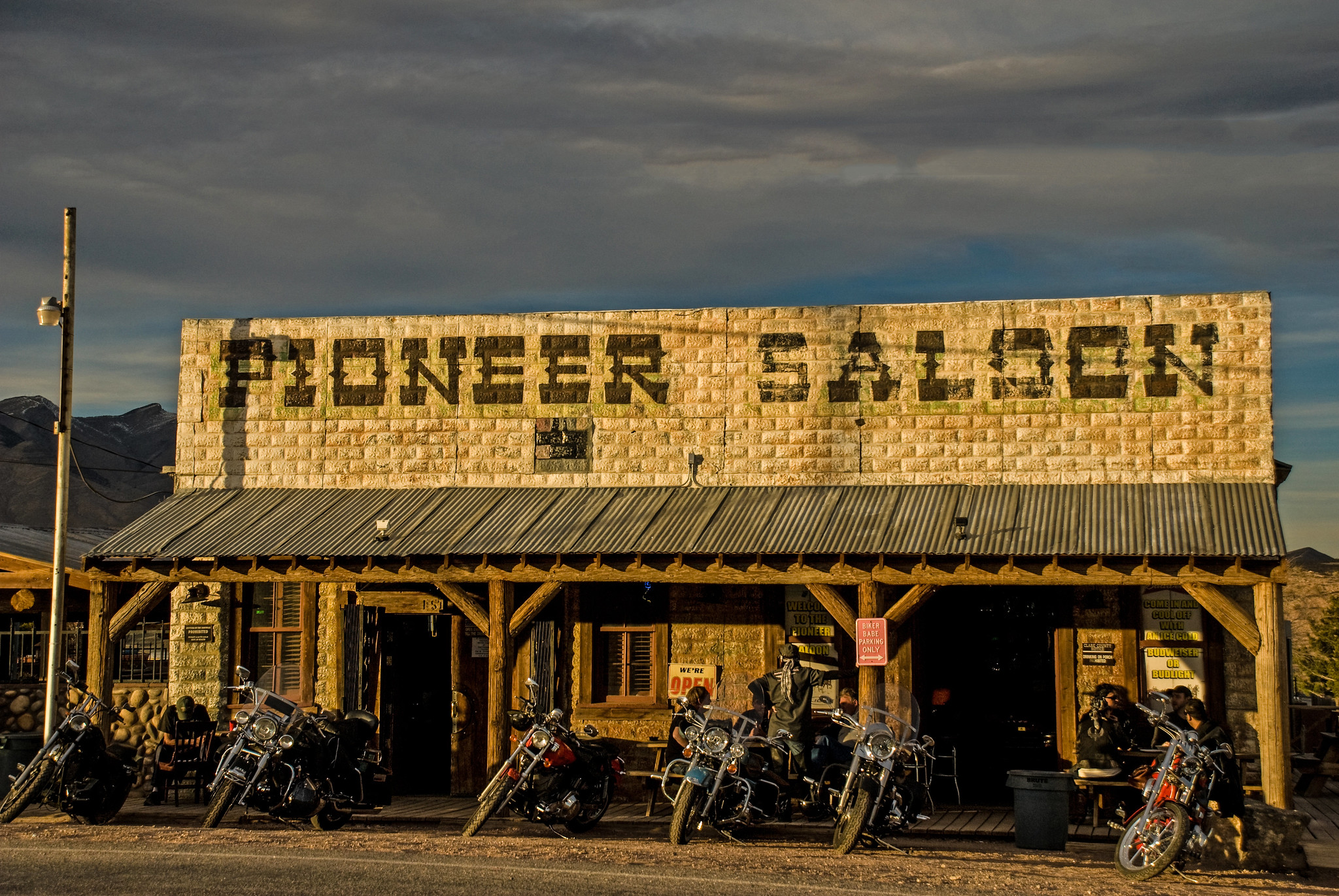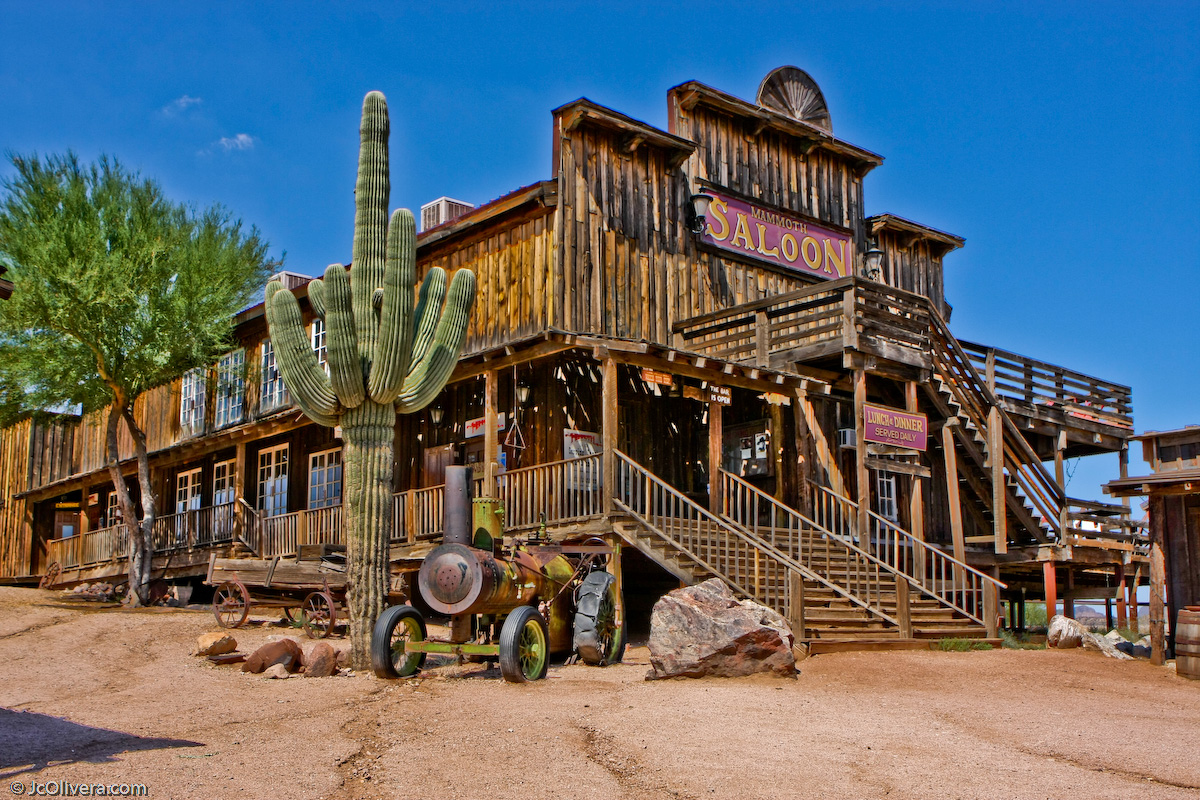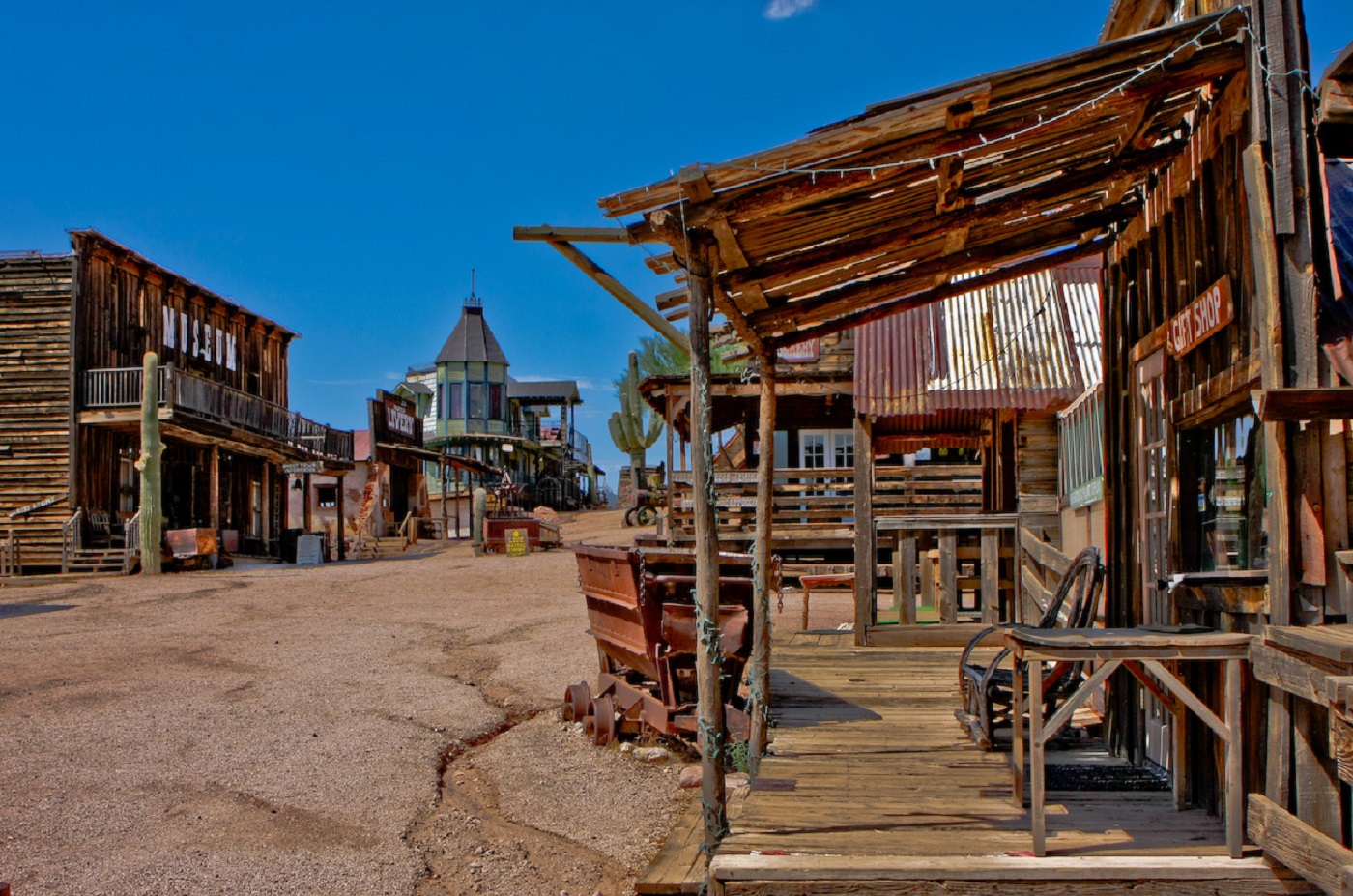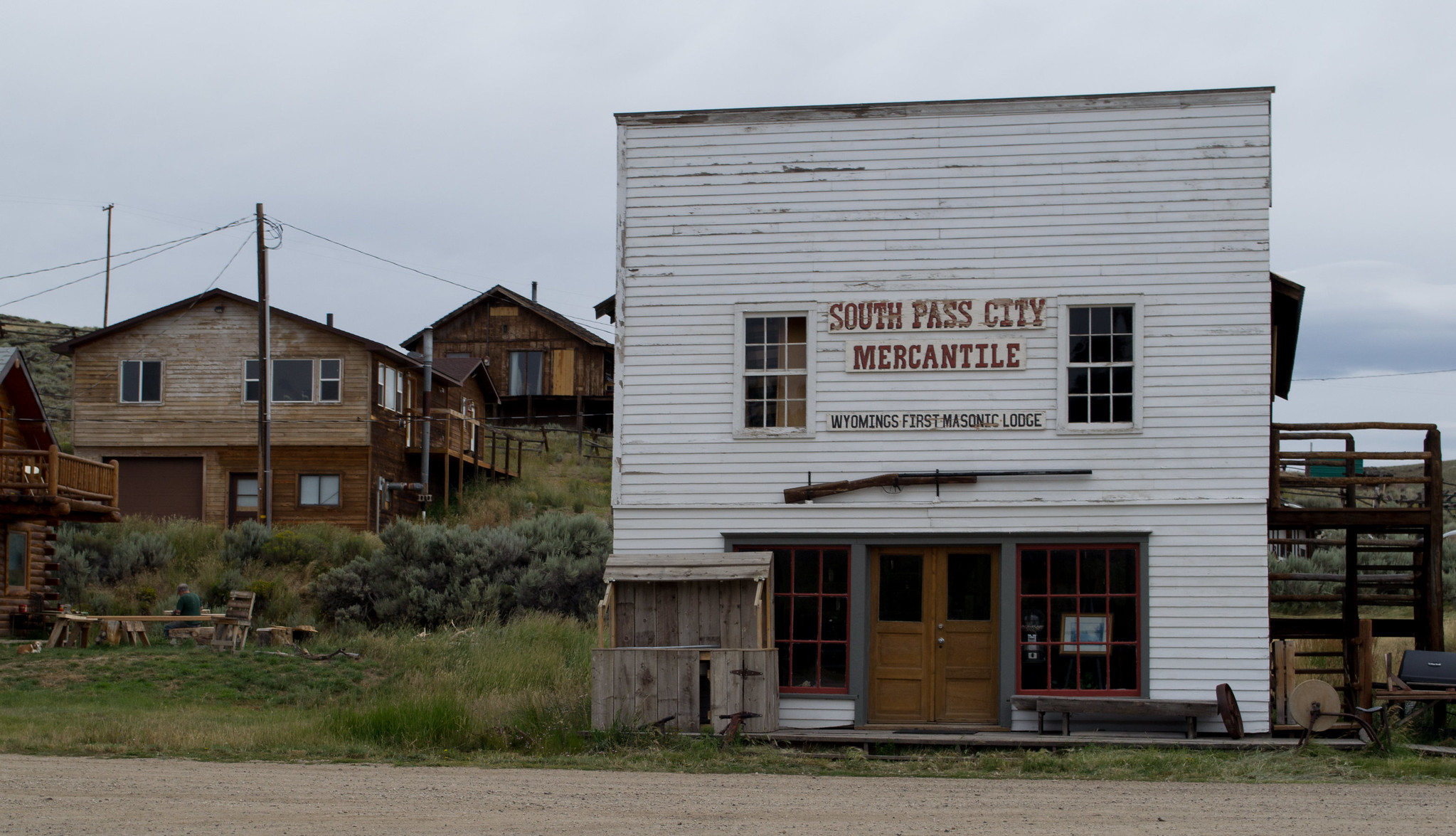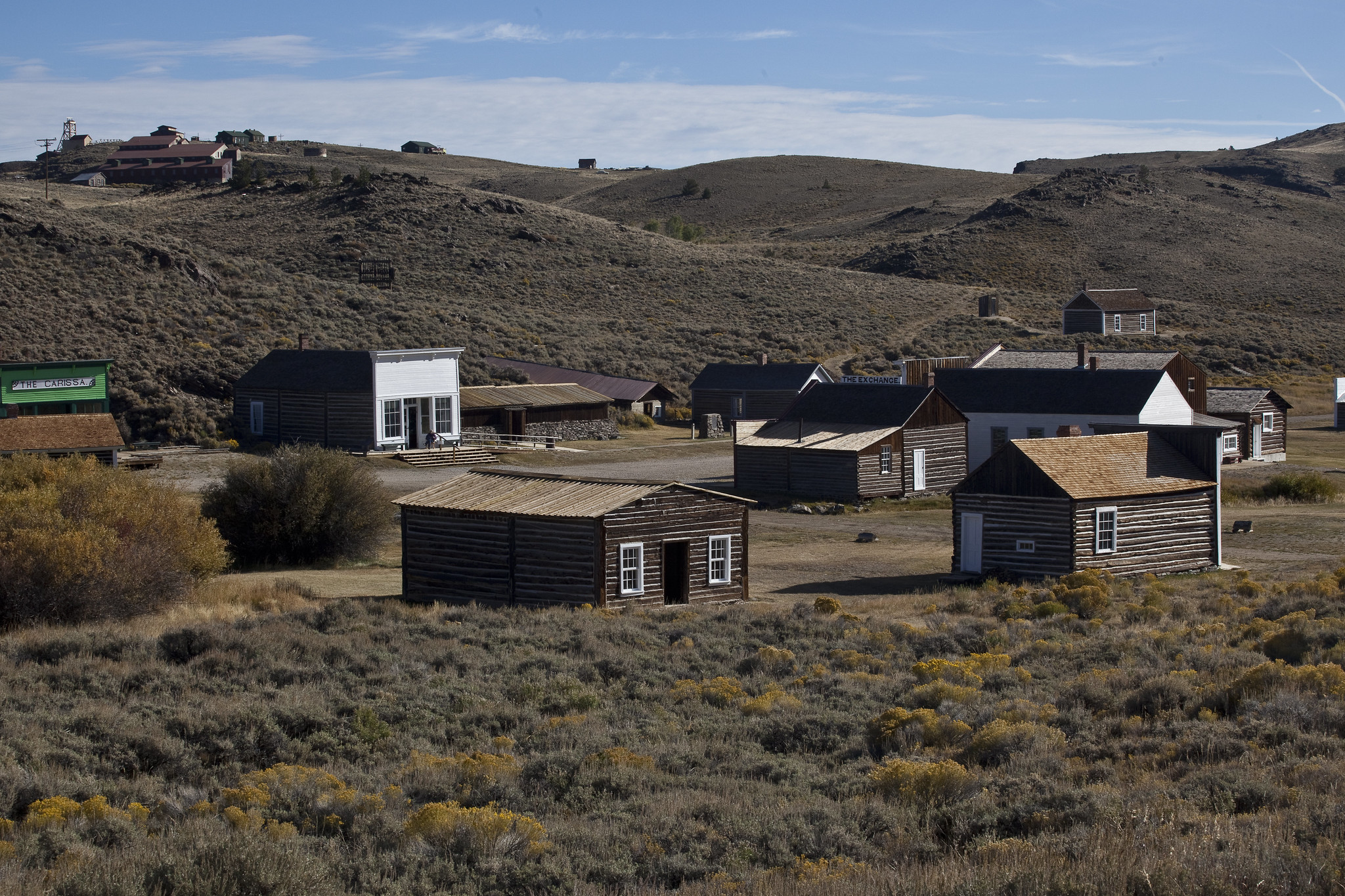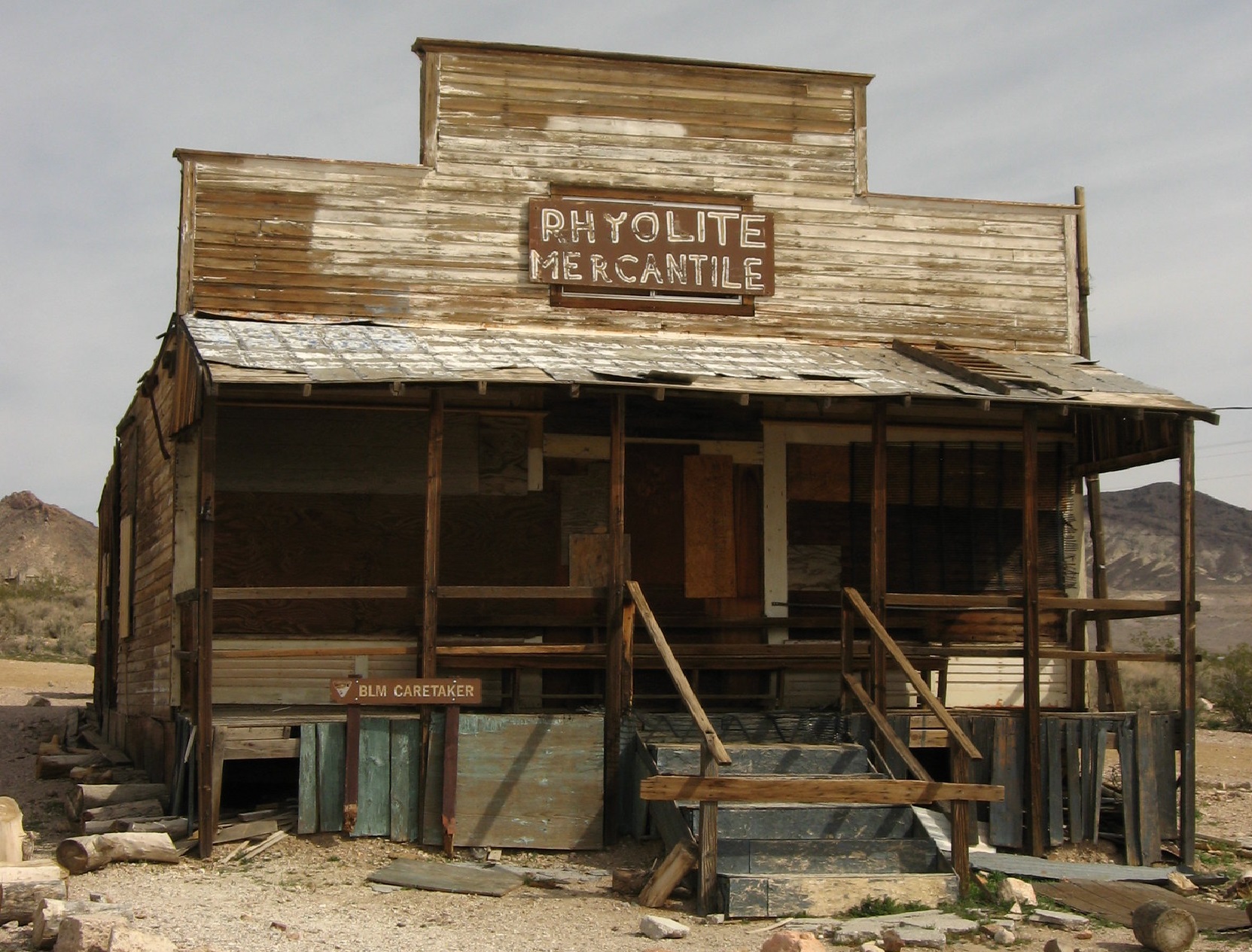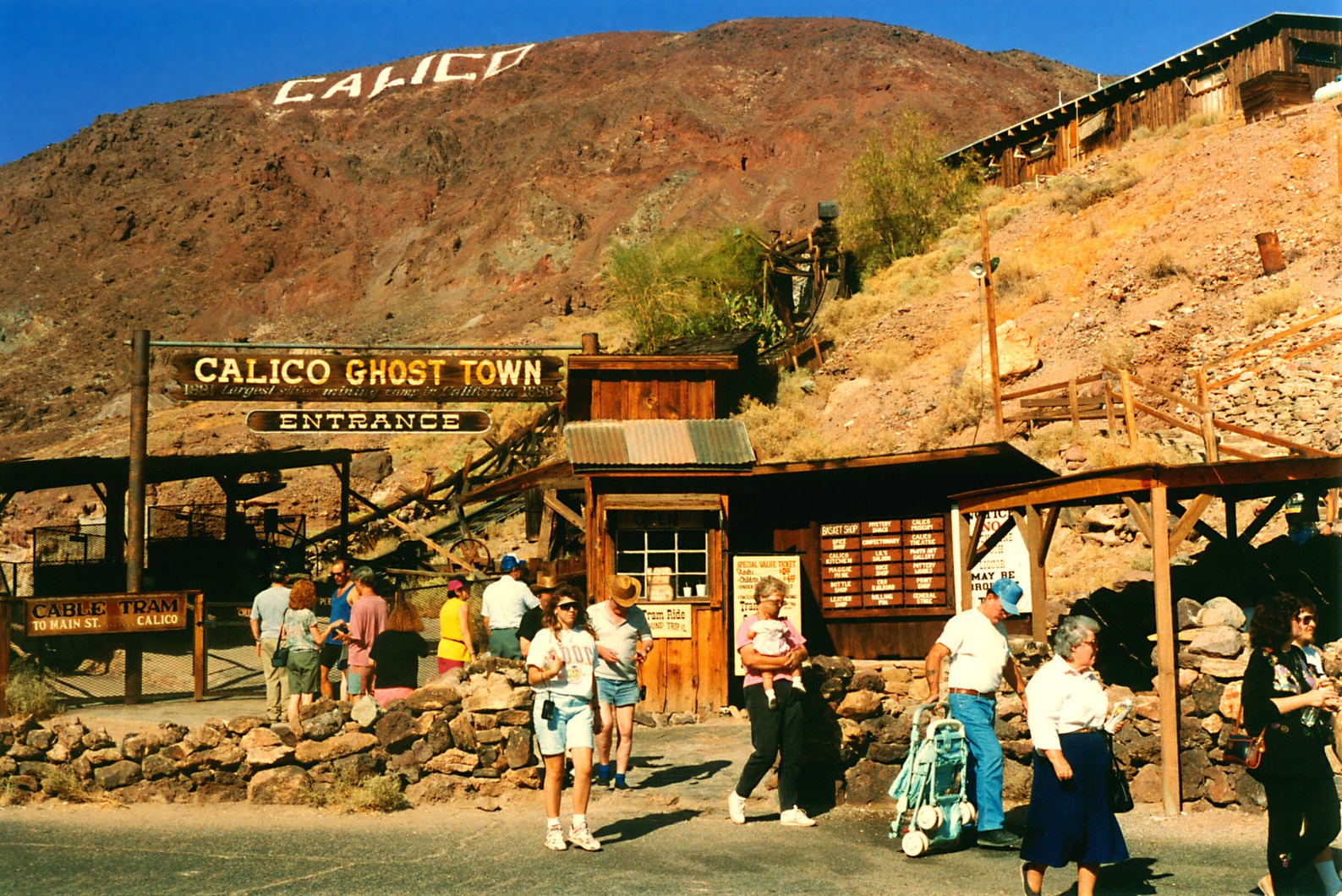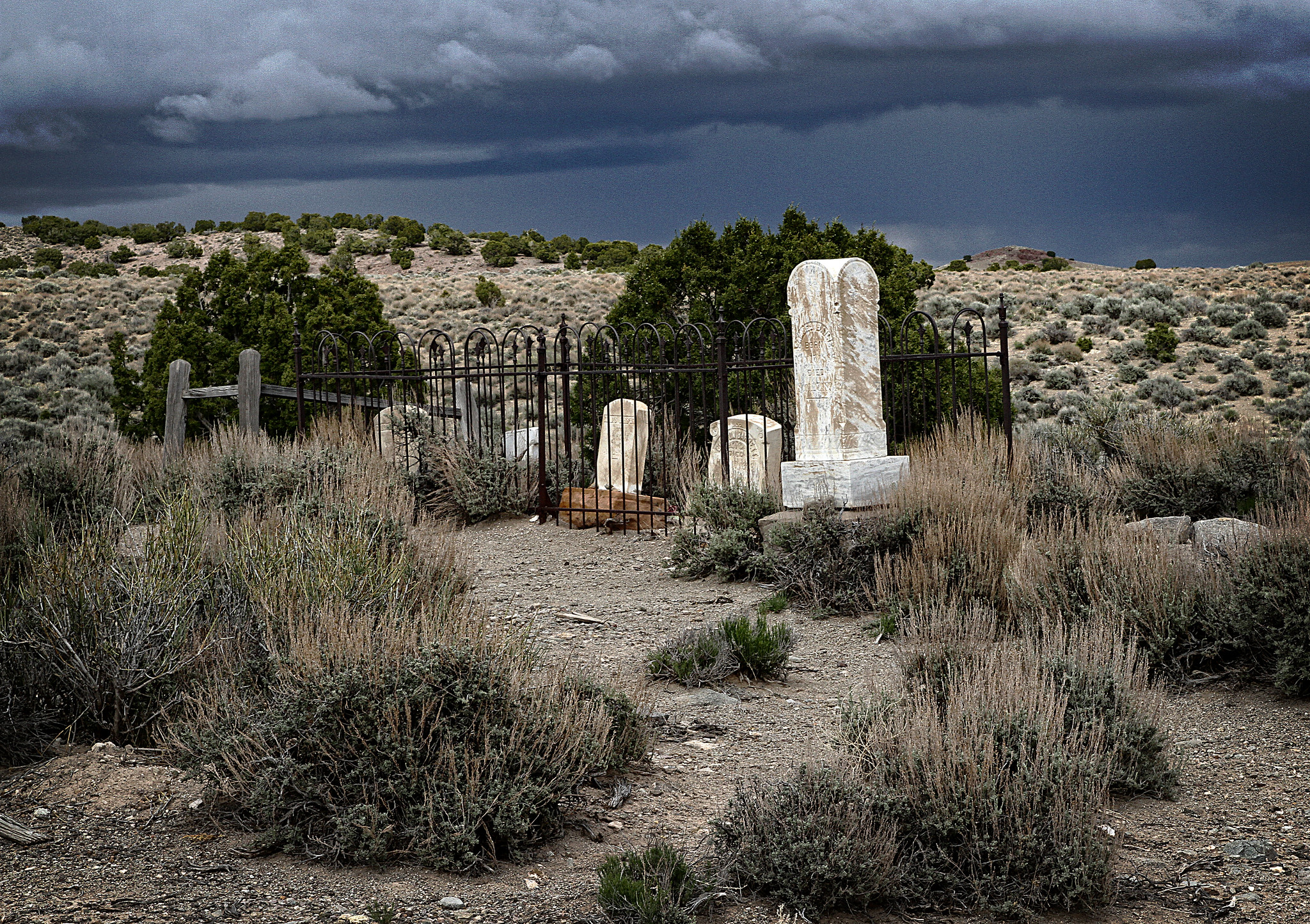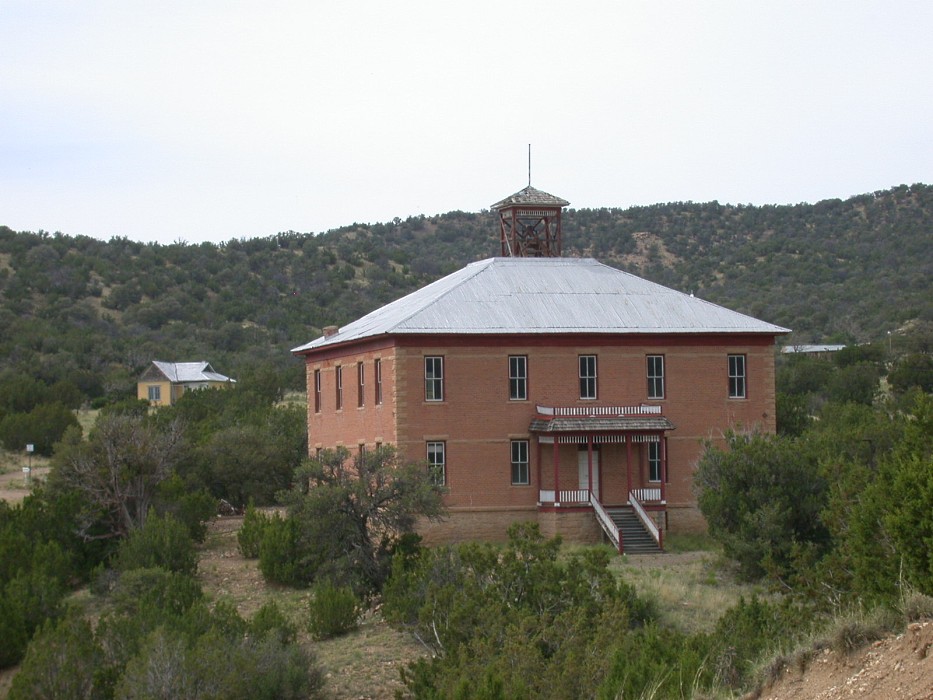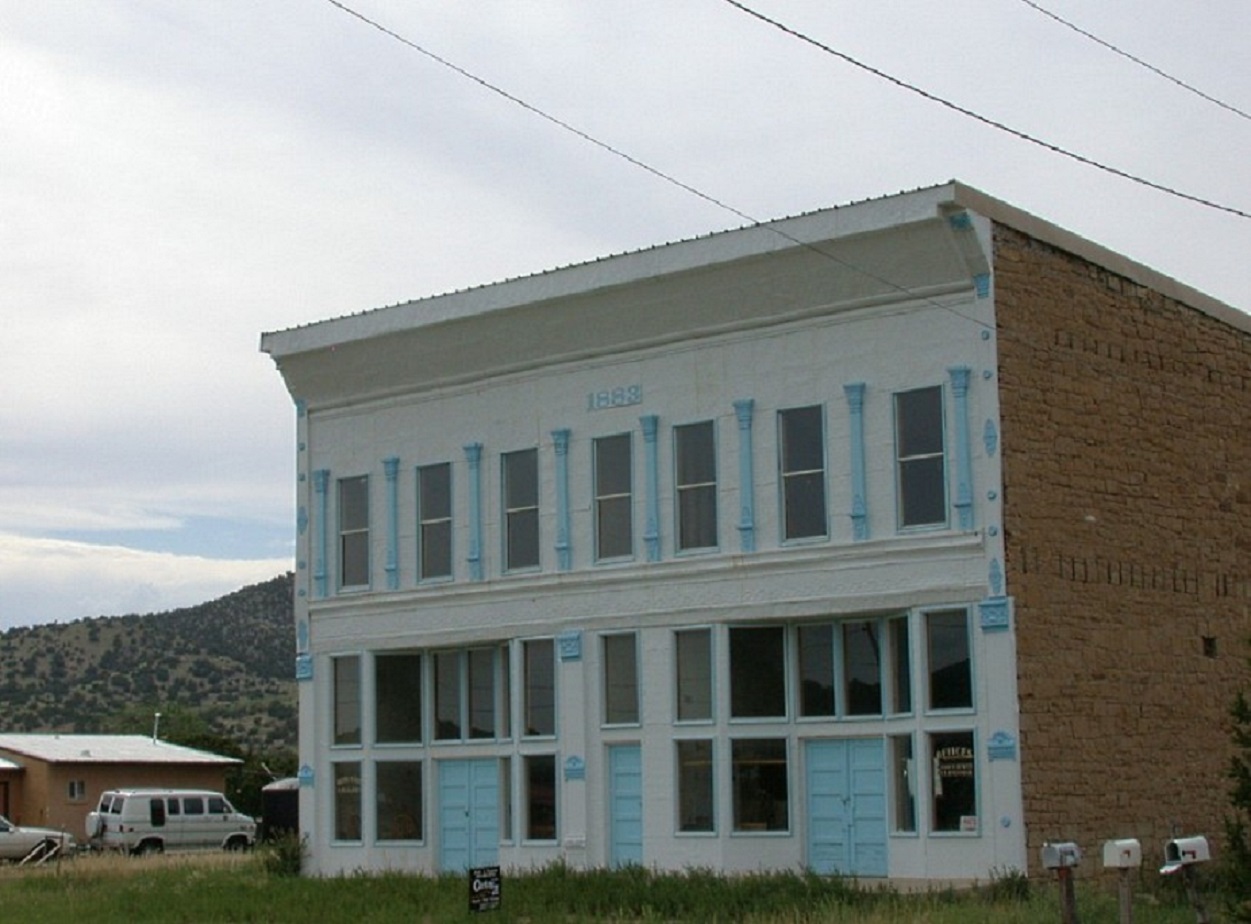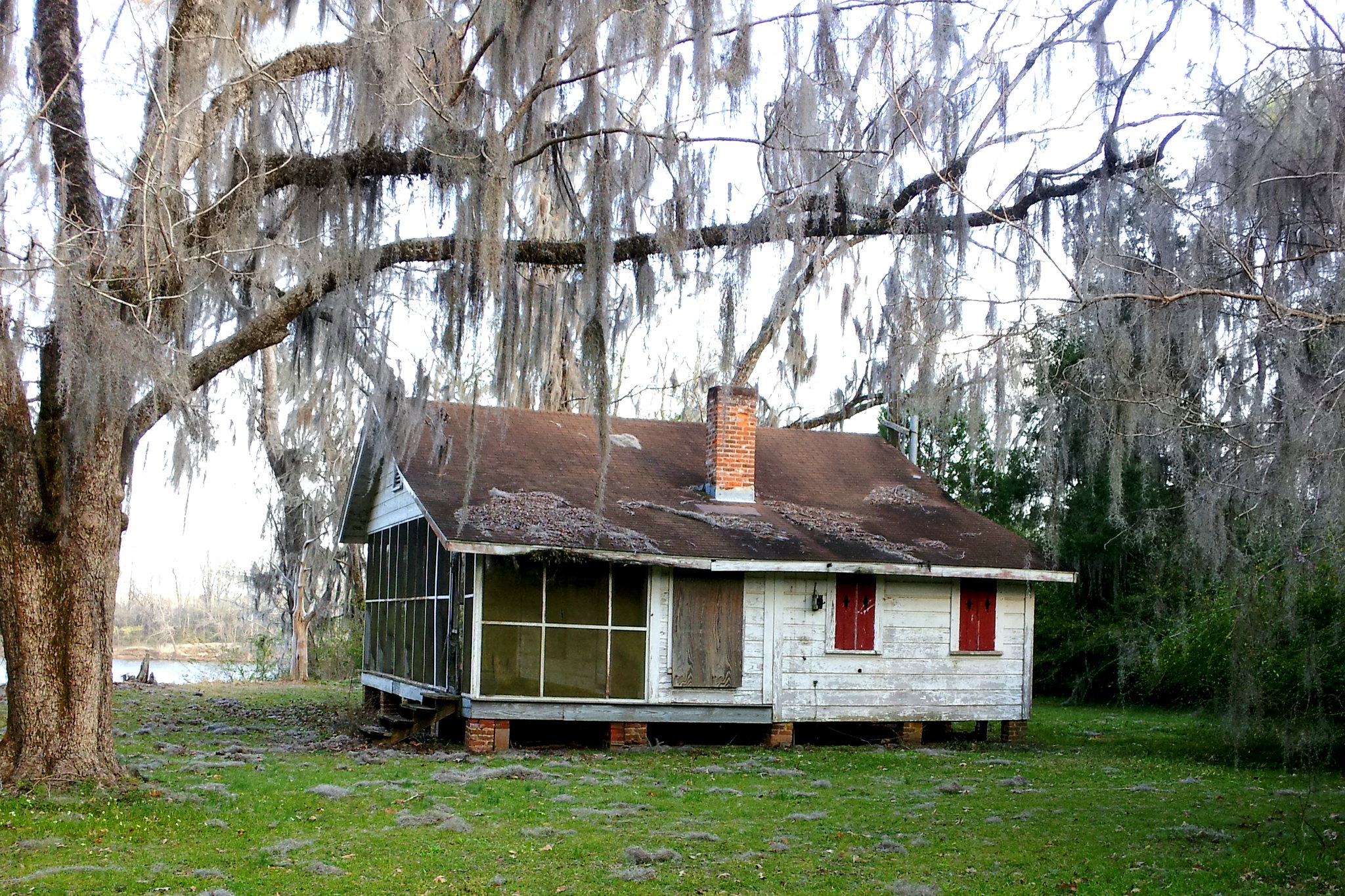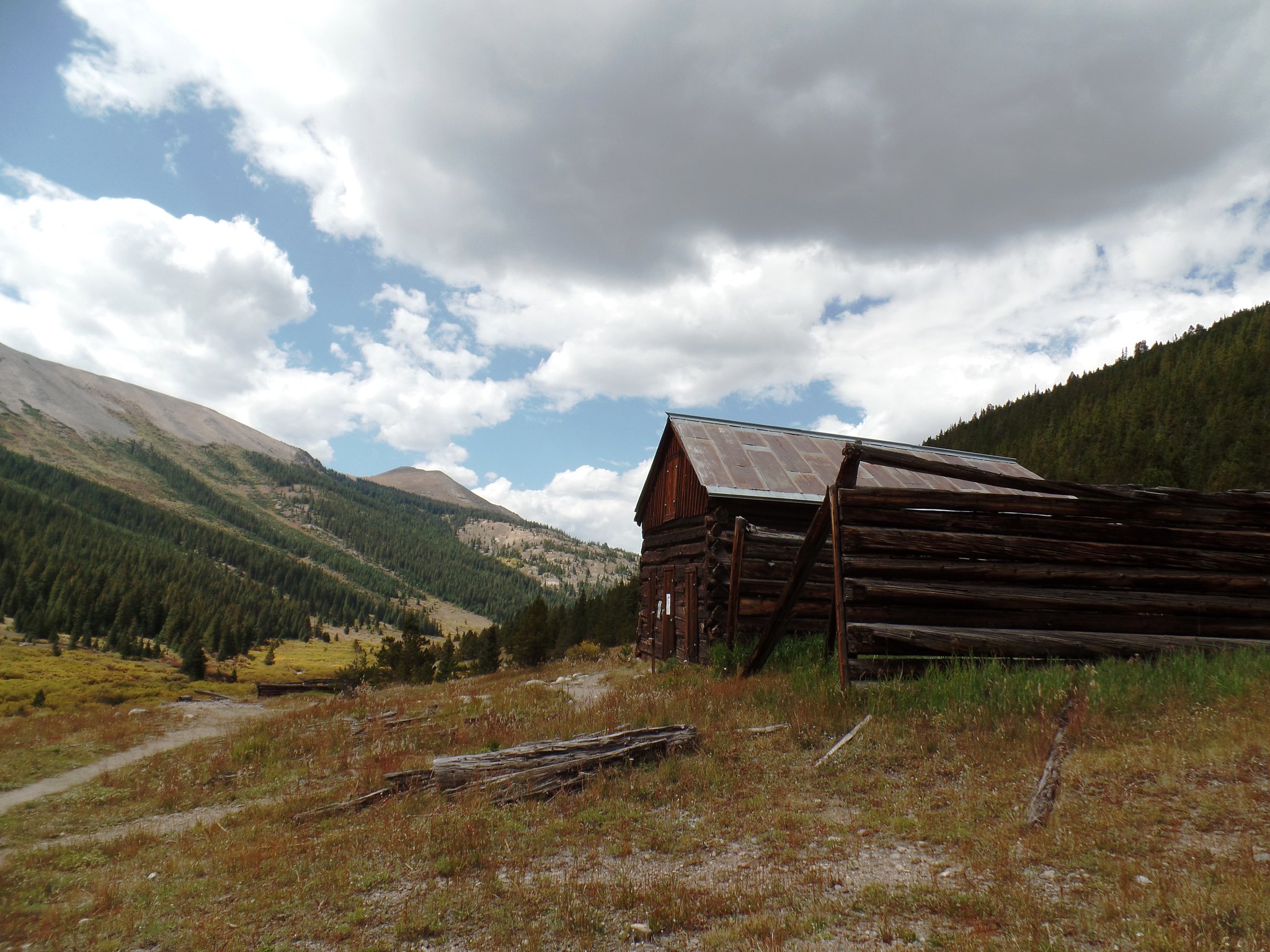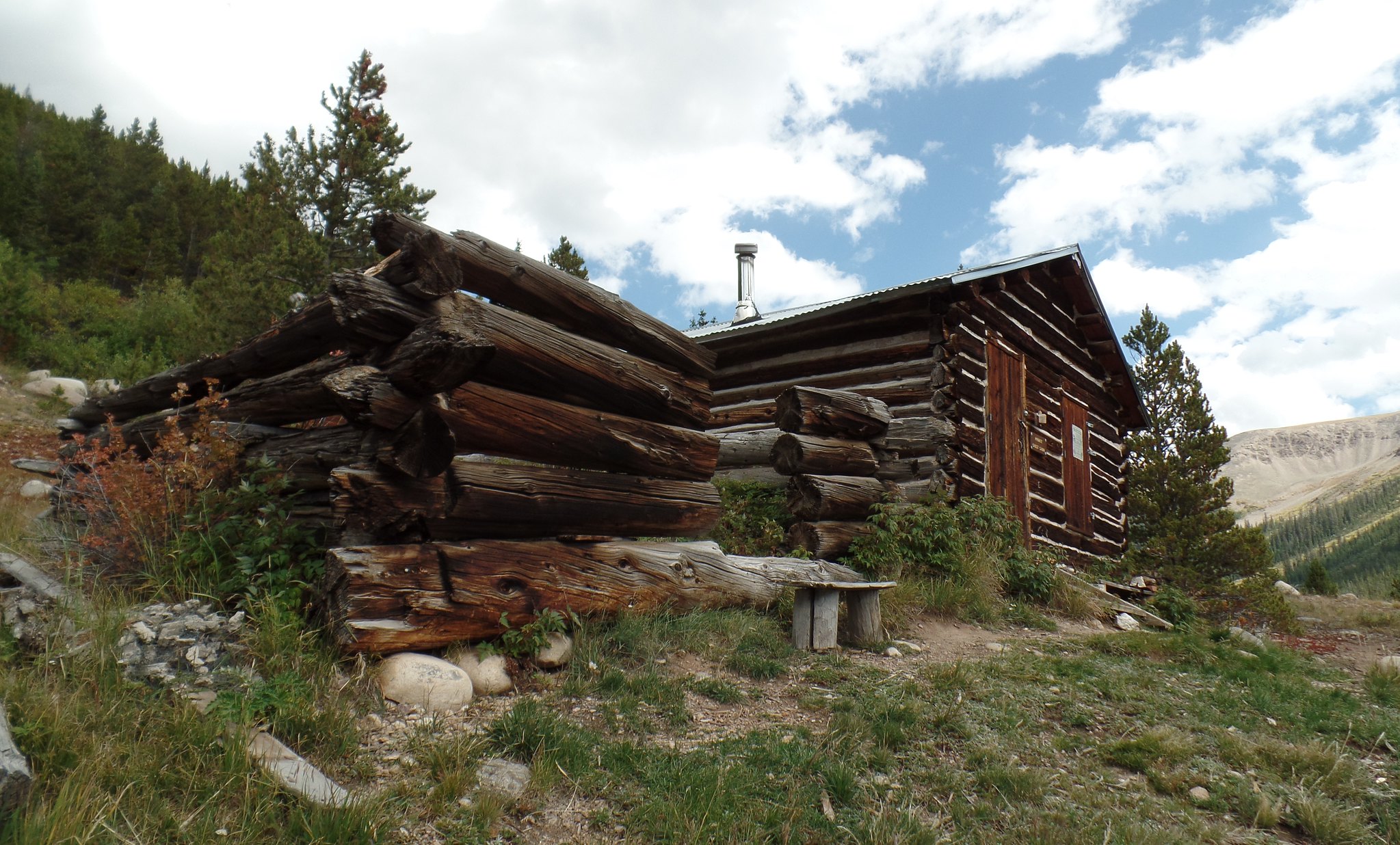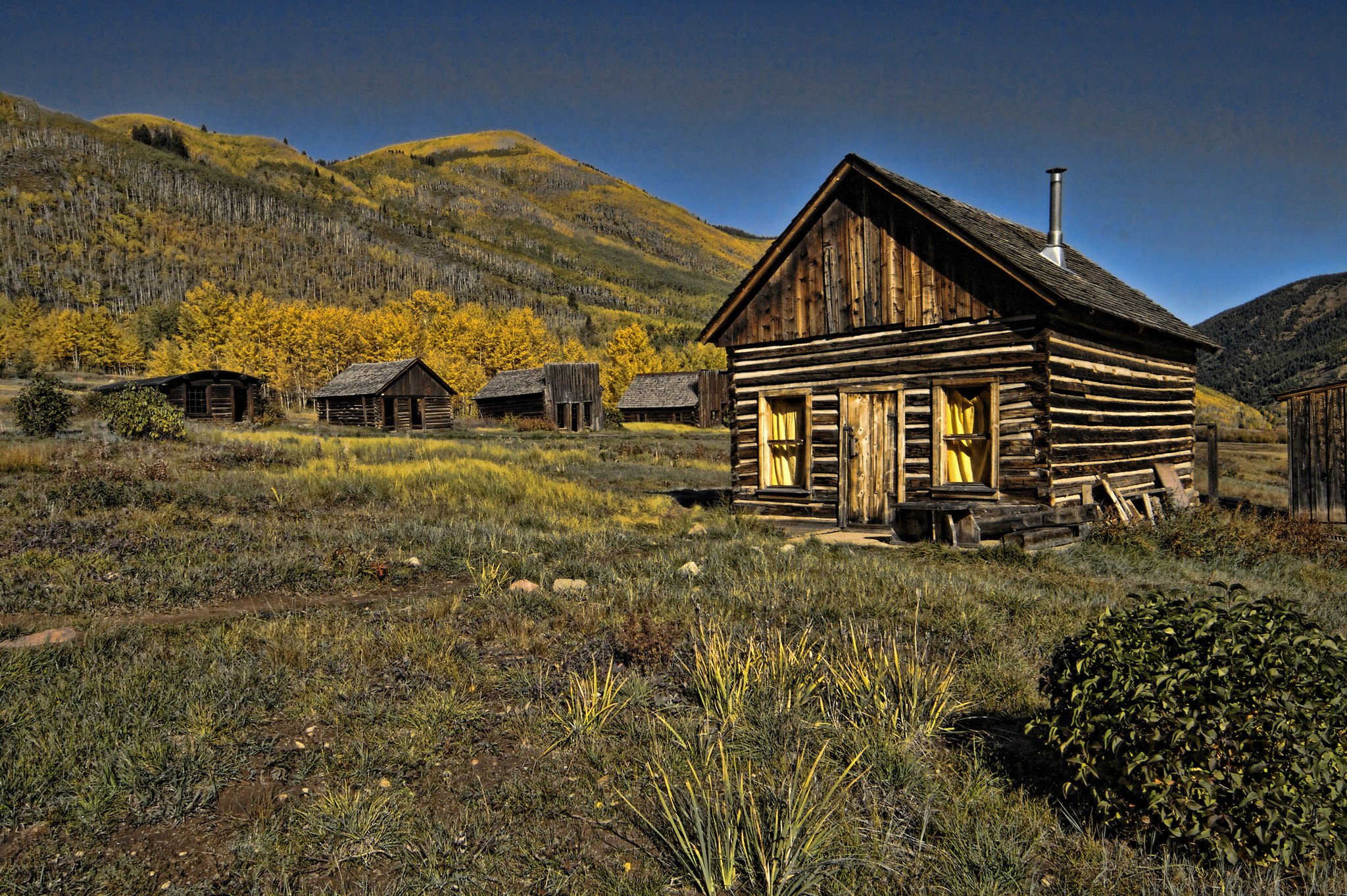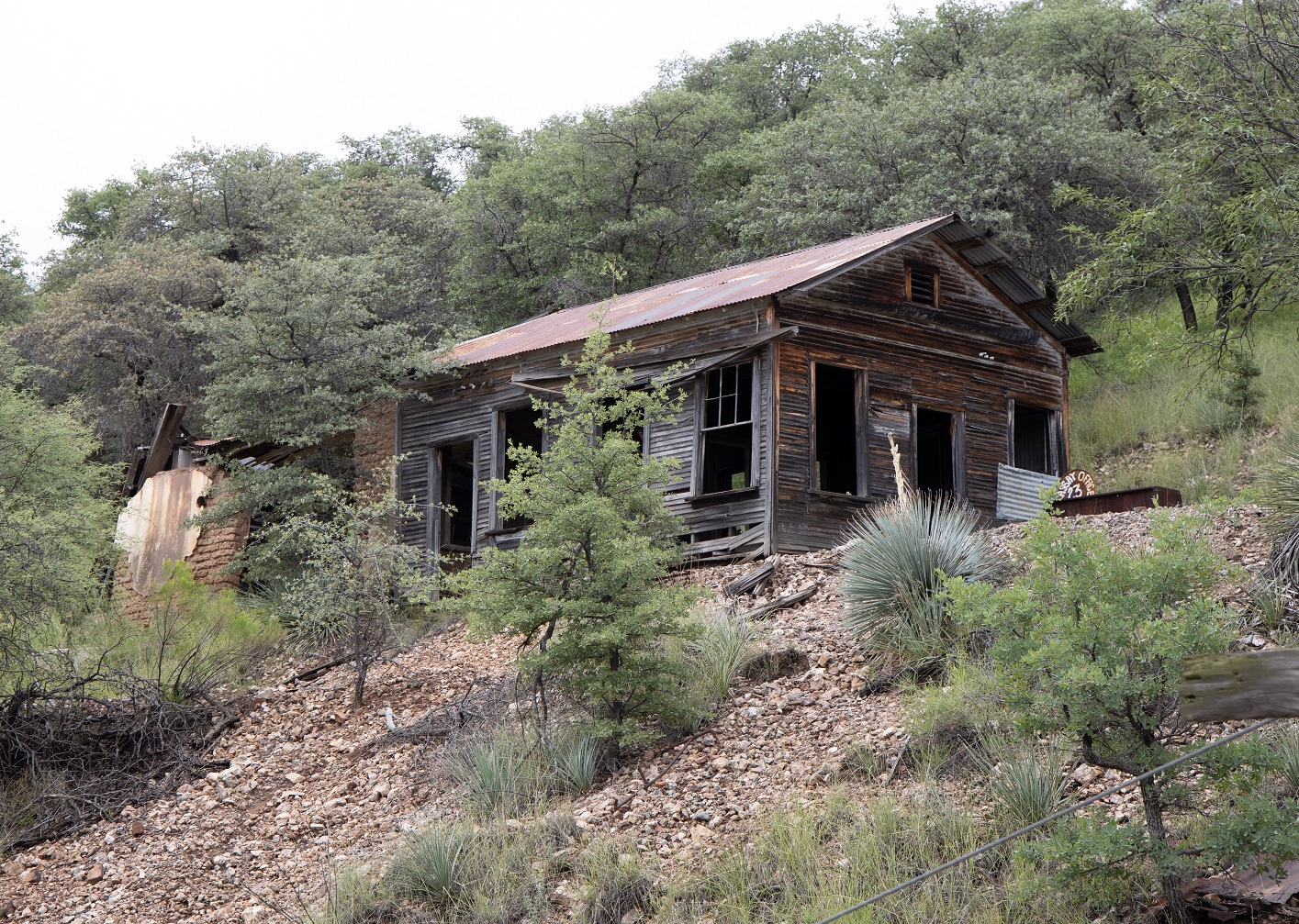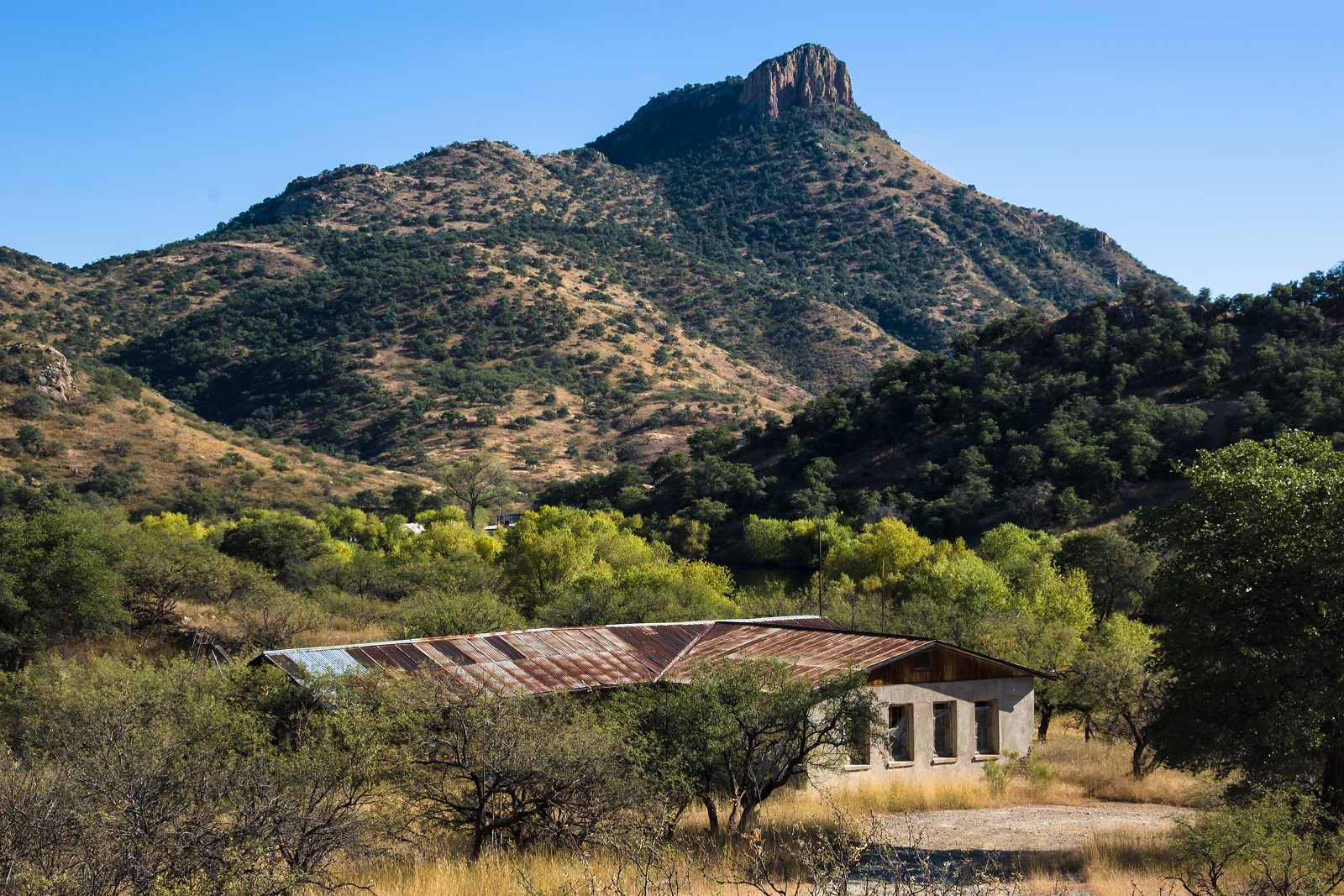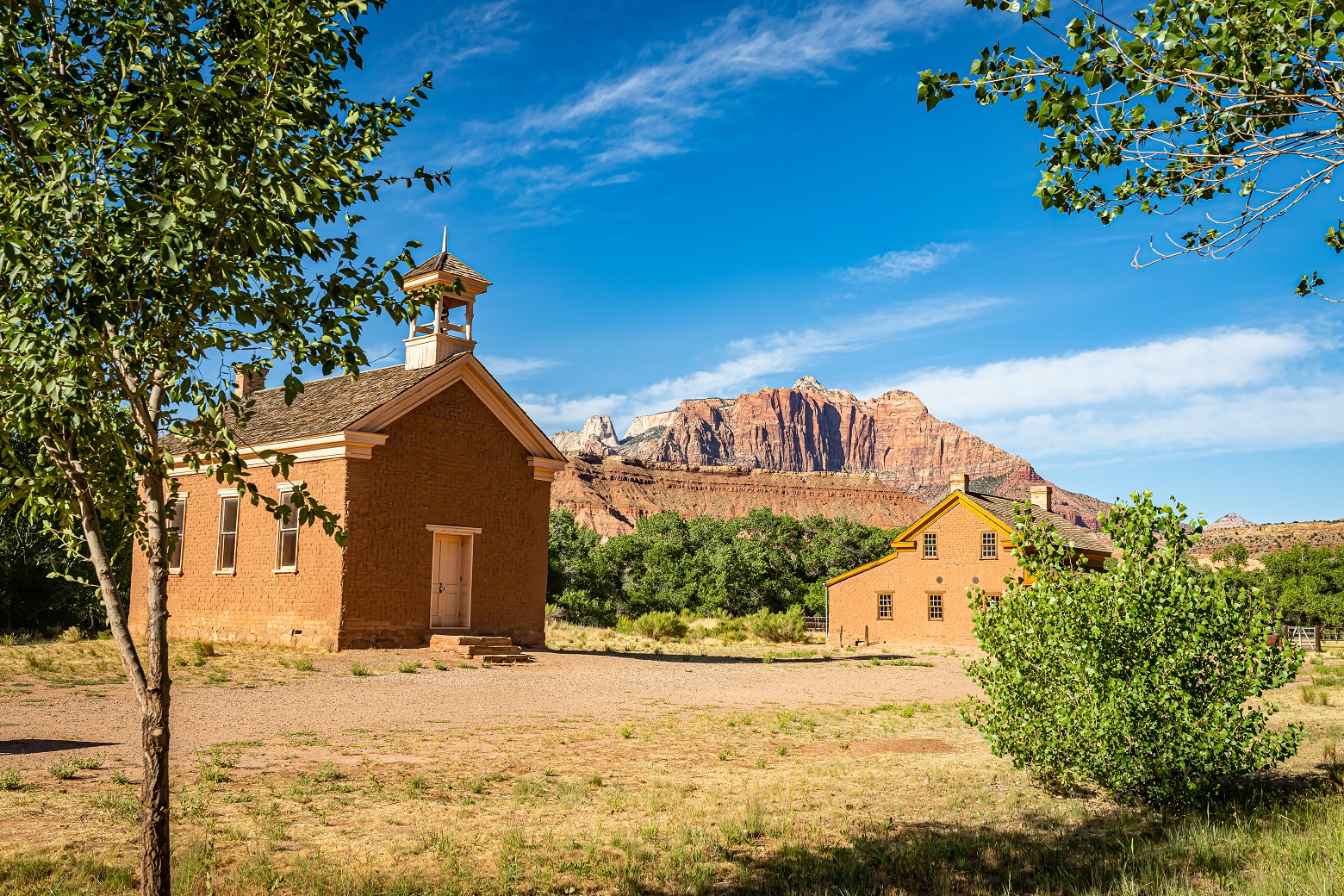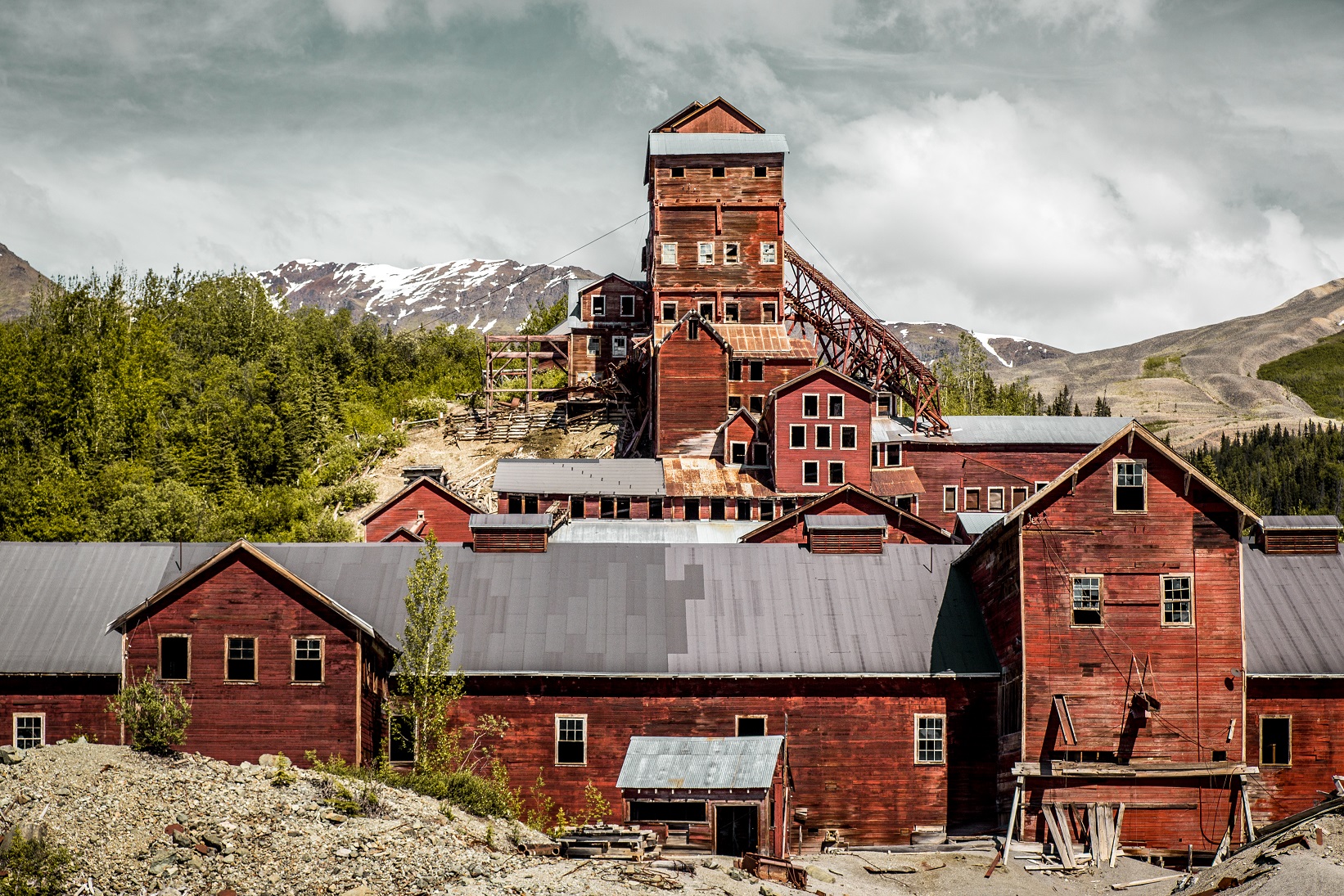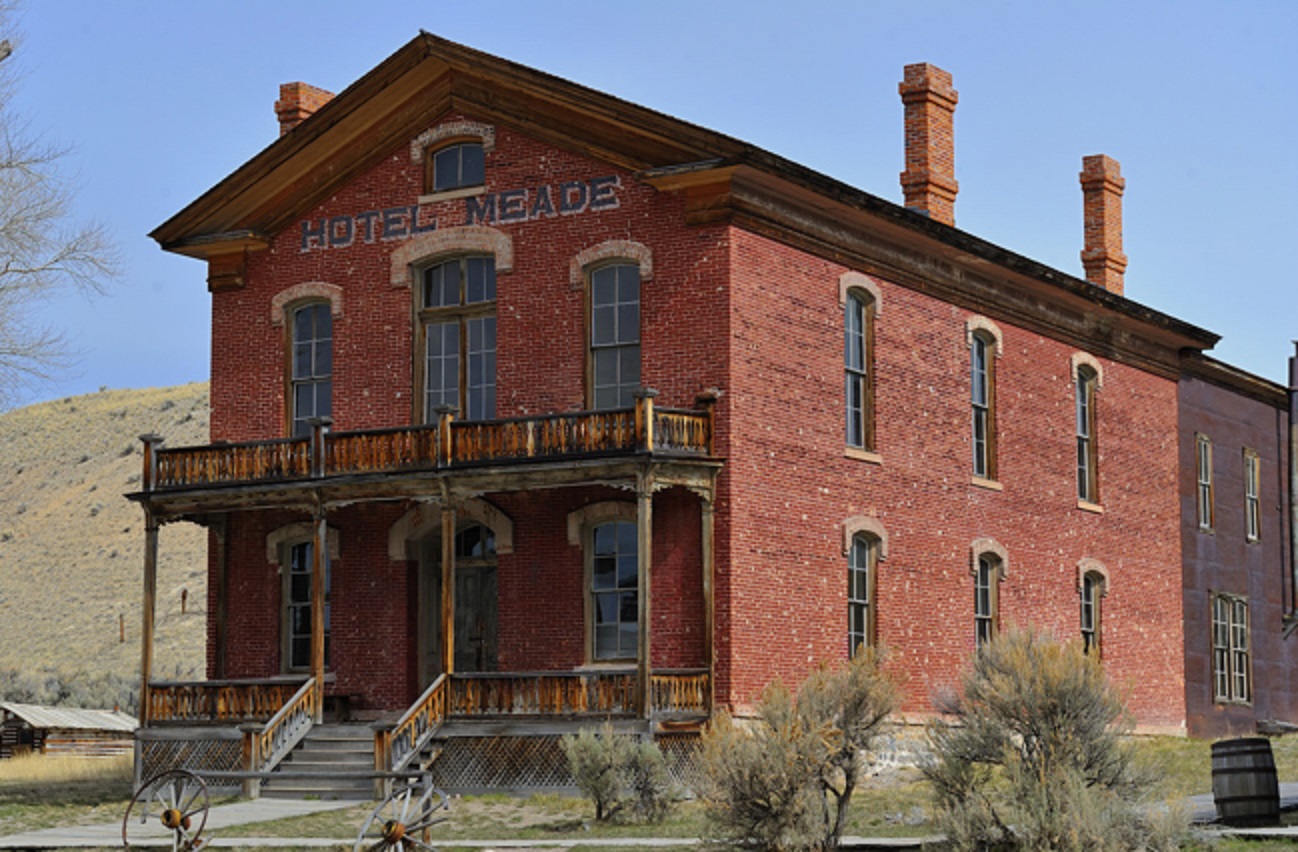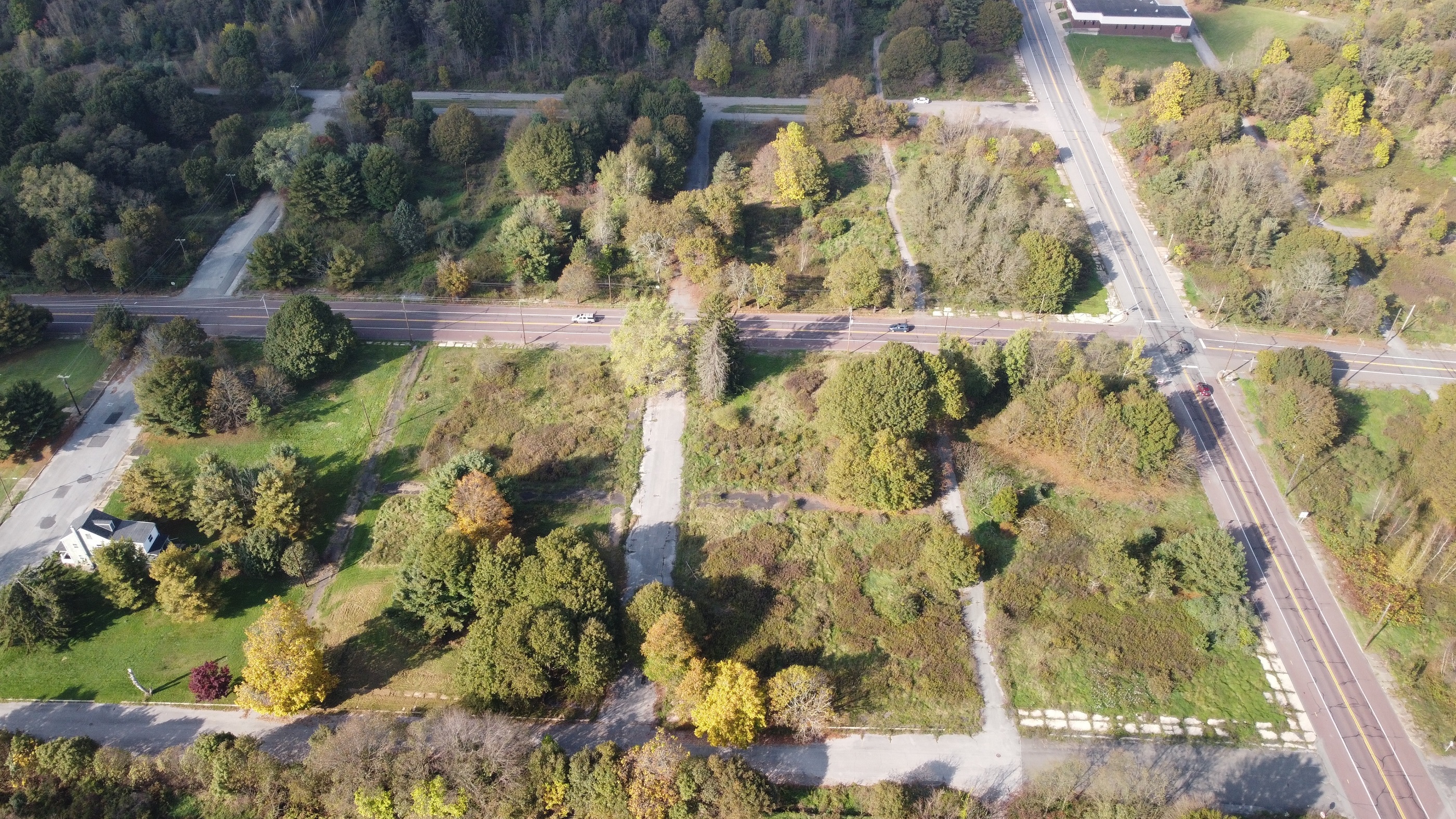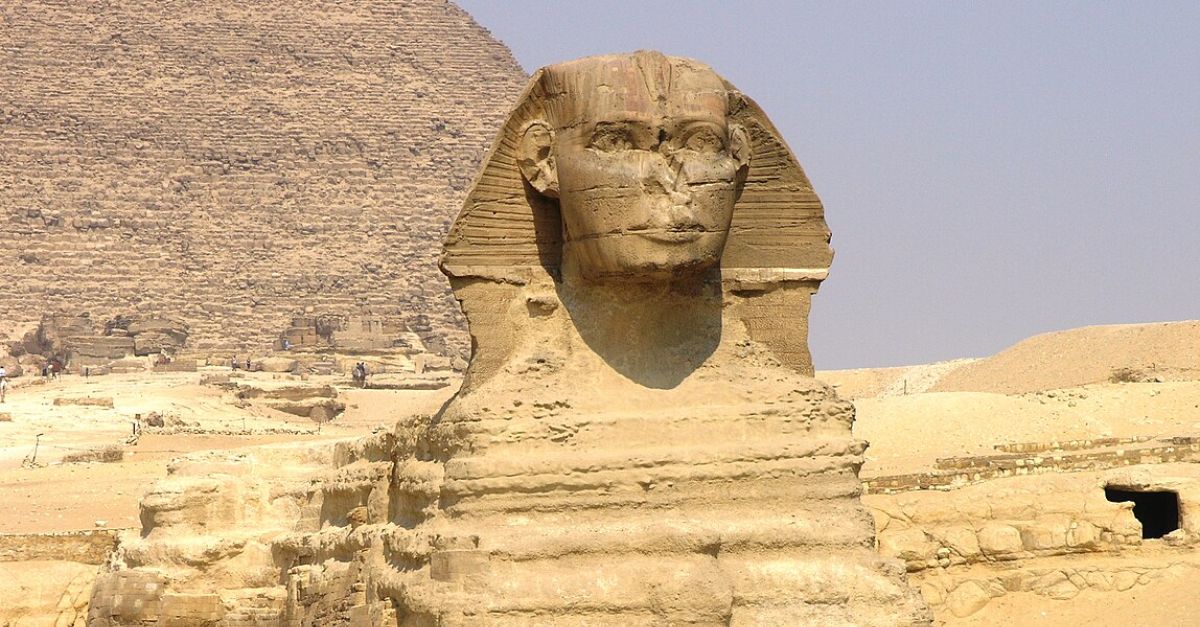The Best Ghost Towns
In the late 1800s, a mining boom in the western United States saw the creation of hundreds of mining towns. But within a few years, the mines ran dry and many of these new towns were abandoned—turning into eerie "ghost towns" that now give people a chance to imagine what life may have been like in the Wild West.
Let's take a look at some of the most infamous ghost towns in America.
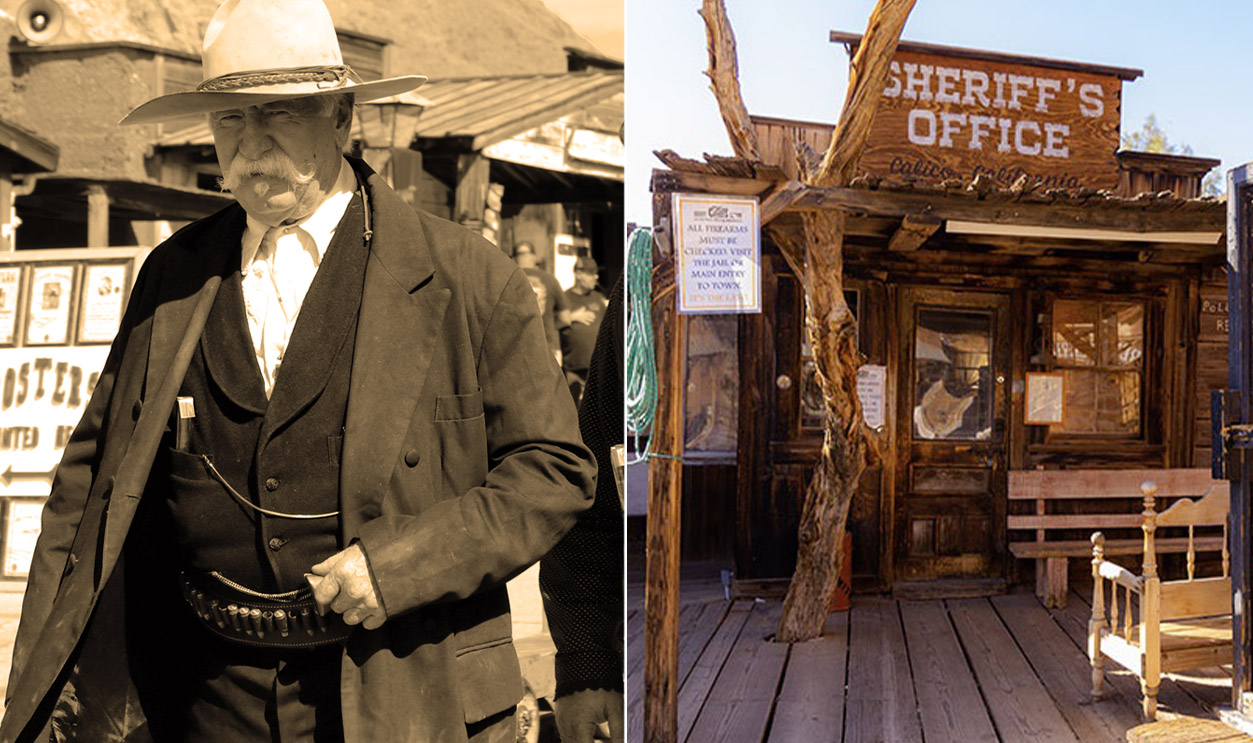
Bodie, California
About an hour away from Yosemite National Park is where you'll find one of the largest ghost towns in California: Bodie.
Bodie was a bustling gold mining town, and at one point housed 10,000 residents. Today, visitors can see the remains of an old church, a cemetery, abandoned trucks, and old gas pumps.
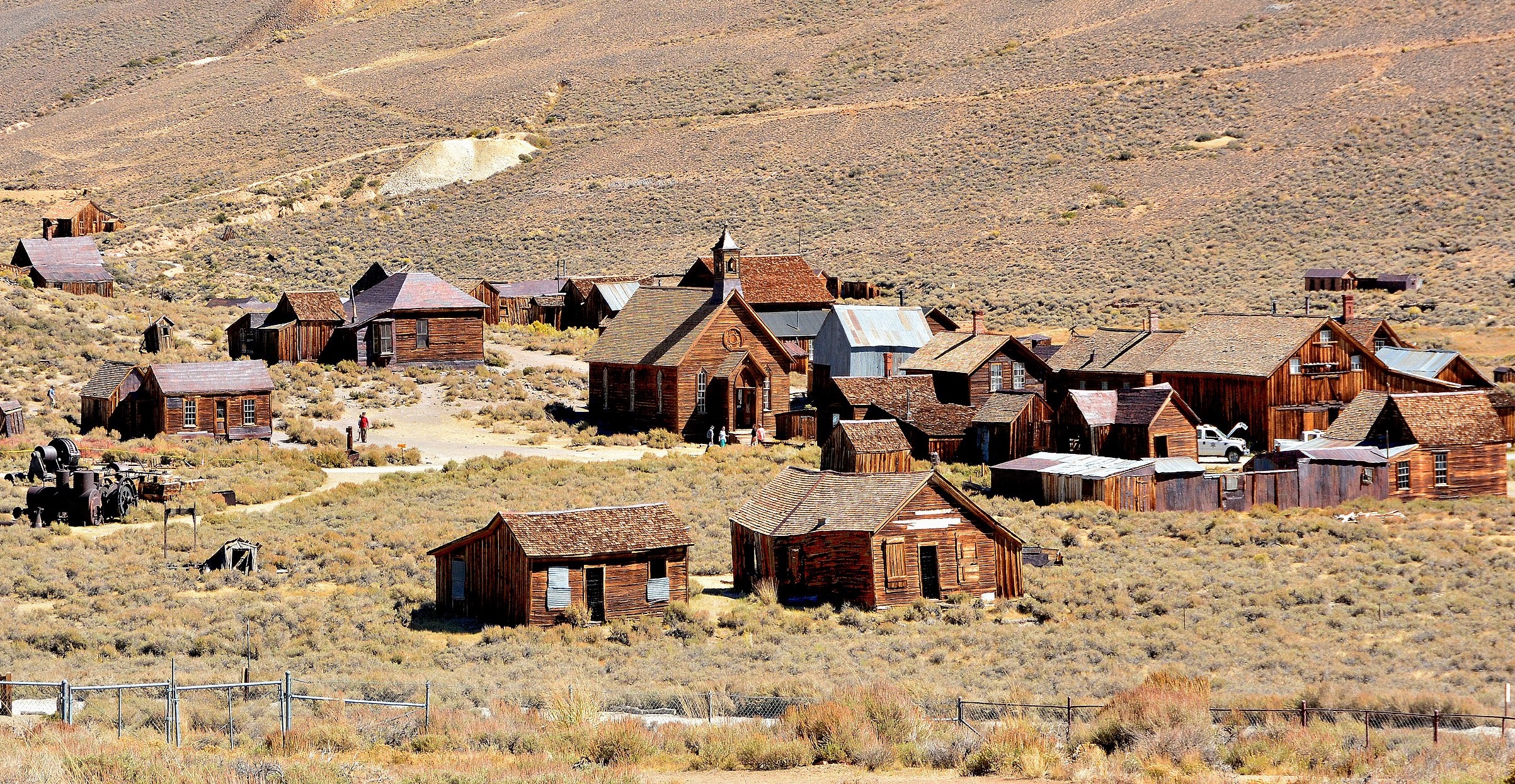 Mike McBey, CC BY 2.0, Wikimedia Commons
Mike McBey, CC BY 2.0, Wikimedia Commons
Bodie, California
The cool thing about Bodie is that some of the buildings are left exactly as they were, and even have goods dating back to the town's glory days.
The town is now part of the Bodie State Historic Park, which provides ghost tours of the town three nights each year.
St Elmo, Colorado
About 80 miles from Aspen is where you’ll find one America’s best-kept ghost towns: St Elmo. Miners created the town in 1880, when they went looking for gold and silver.
But their days in St Elmo were fairly short-lived and by 1922, the last of the residents abandoned the town.
St Elmo, Colorado
Nowadays, the town is home to several rustic stores, including the popular General Store. Visitors can rent a log cabin nearby to full immerse themselves in the eerie atmosphere of the town.
There also a nearby cemetery and the town of Tin Cup, which was a popular among outlaws.
Spokane, South Dakota
You'll find this ghost town about 10 miles away from Mount Rushmore National Memorial, in the Black Hills of South Dakota. In 1890, Spokane was a bustling town surrounded by gold, silver, and copper mines.
Now, it's where you'll find one the largest groups of original ghost town buildings.
Spokane, South Dakota
Visitors to Spokane can see the town's original buildings, but they can't go inside since much of the infrastructure is falling apart.
The schoolhouse is one of the town's more popular attractions, as is the gravesite that tells the tale of prospector who was murdered there.
Goodsprings, Nevada
Walking the streets of Goodsprings is like a taking a trip through time. This old mining town is located about an hour away from Las Vegas, and is still the home of about 200 people.
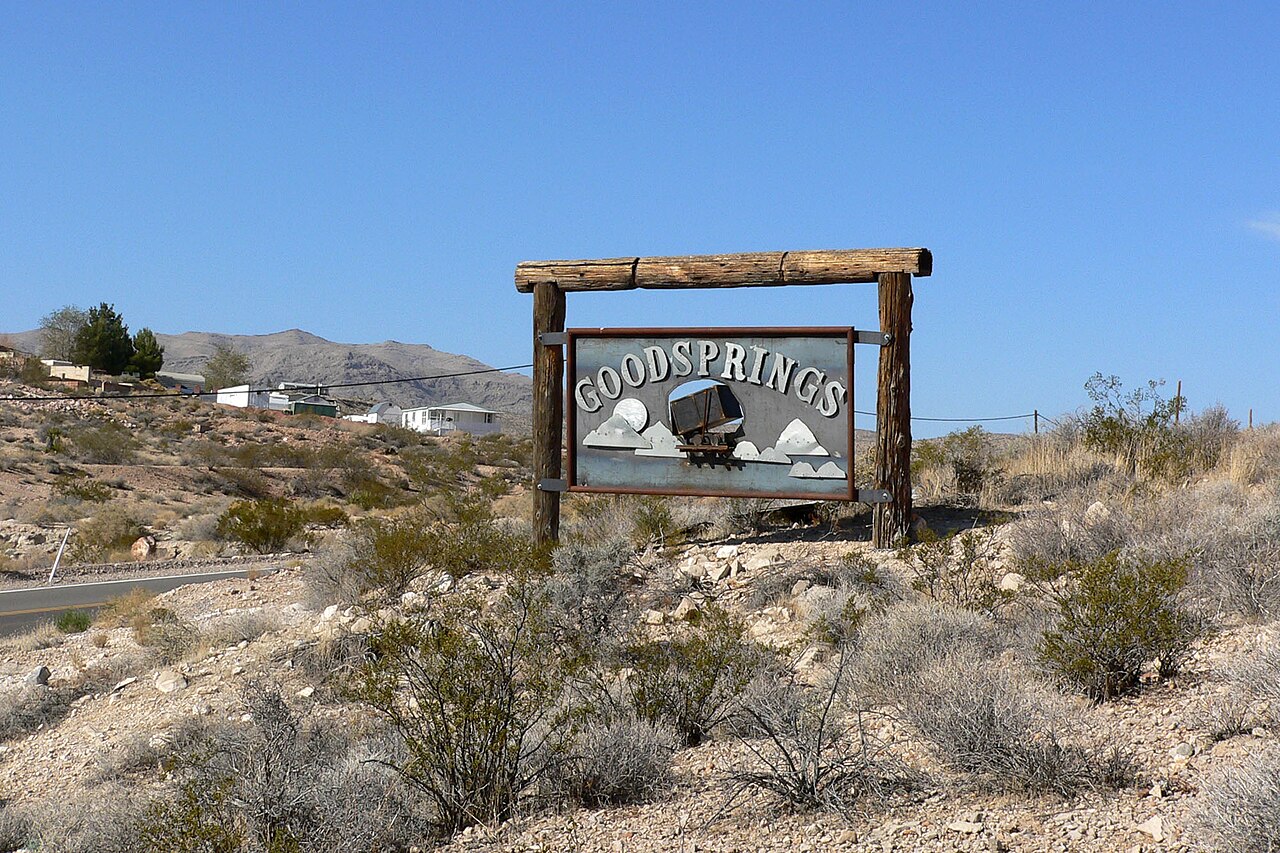 Stan Shebs, CC BY-SA 3.0, Wikimedia Commons
Stan Shebs, CC BY-SA 3.0, Wikimedia Commons
Goodsprings, Nevada
One of Goodsprings' most famous buildings is the Pioneer Saloon. Built in 1913, the saloon is said to be haunted by the spirit of Old Hollywood star Carole Lombard. Her plane crashed near the saloon, and since then it's been the site of many ghost tours.
It's also been featured on the TV show Ghost Adventures.
Goldfield, Arizona
This ghost town is located about an hour away from Phoenix, on the Apache Trail. It's often called the "gateway to the Superstition Mountains".
In the 1890s, the town had several saloons, a general store, a blacksmith shop, and a boarding house.
Goldfield, Arizona
Today, visitors to Goldfield can witness a thrilling reenactment of an Old West shootout. They can also tour the old mine and pan for gold, take a ride on Arizona's last narrow-gauge train, or go horseback riding or ziplining.
South Pass City, Wyoming
South Pass City was once the site of more than 30 gold mines. It also has an important place in the history of women's rights in America.
The country's first female judge served in South Pass City. It's also where a law was passed that made Wyoming the first state where women could hold public office and vote.
South Pass City, Wyoming
Walking the old streets of South Pass City makes for an immersive experience. And more adventures await in the nearby city of Lander, where visitors can find accommodations and casinos.
Nevada City, Montana
This eerie ghost town is located about 90 miles from Yellowstone National Park and was once a thriving gold mining town.
Nevada City still has many of its original features, like antique player pianos and music boxes.
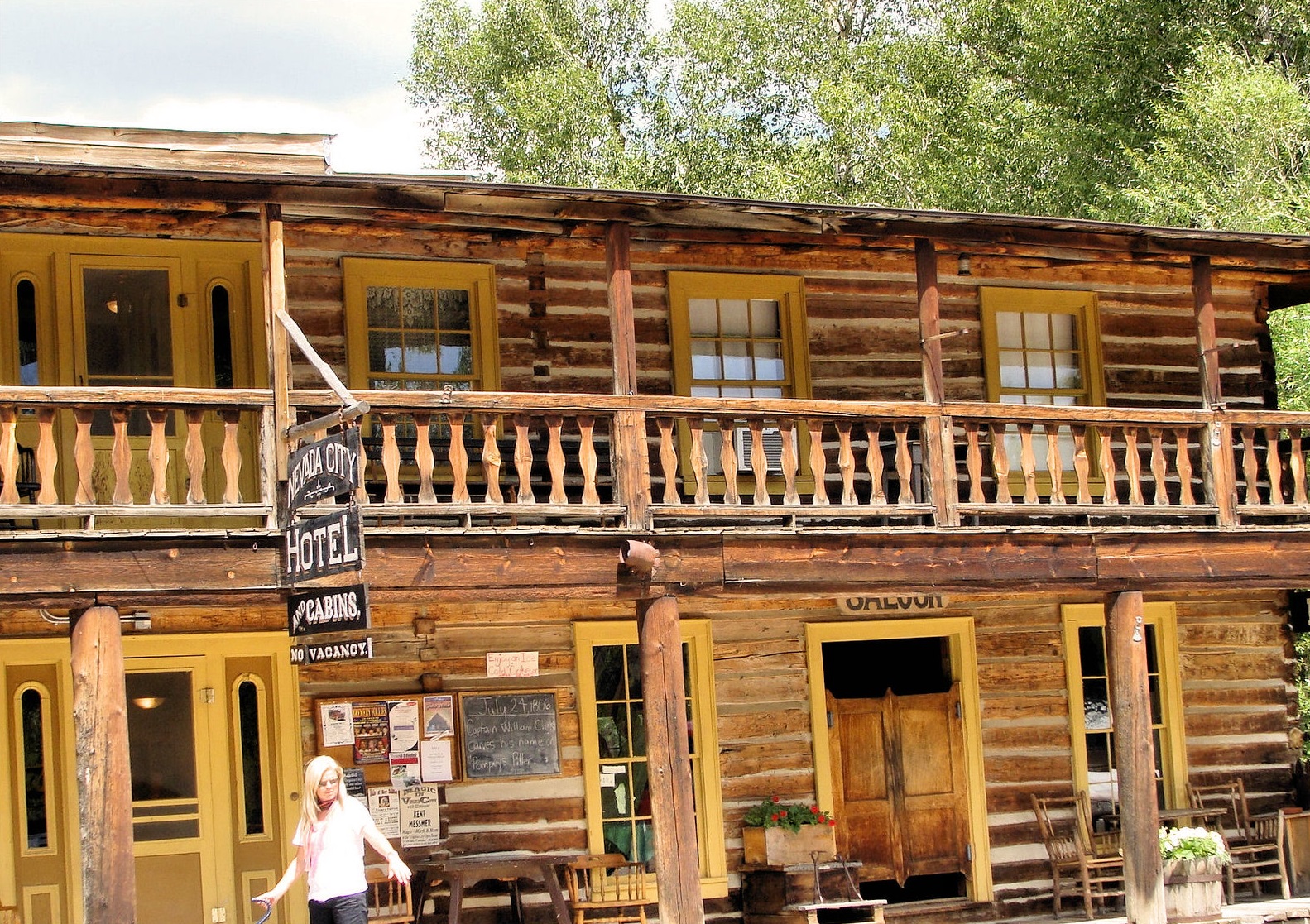 Spend A Day Touring, LLC, Flickr
Spend A Day Touring, LLC, Flickr
Nevada City, Montana
Visitors to the town can enjoy live re-enactments of life in the Wild West and take a train ride to another nearby ghost town, Virginia City.
Travelers can erally get a feel for what was life was like all those years ago by staying in a real pioneer cabin or at the Nevada City Hotel, a former stage stop that was built in the 1860s.
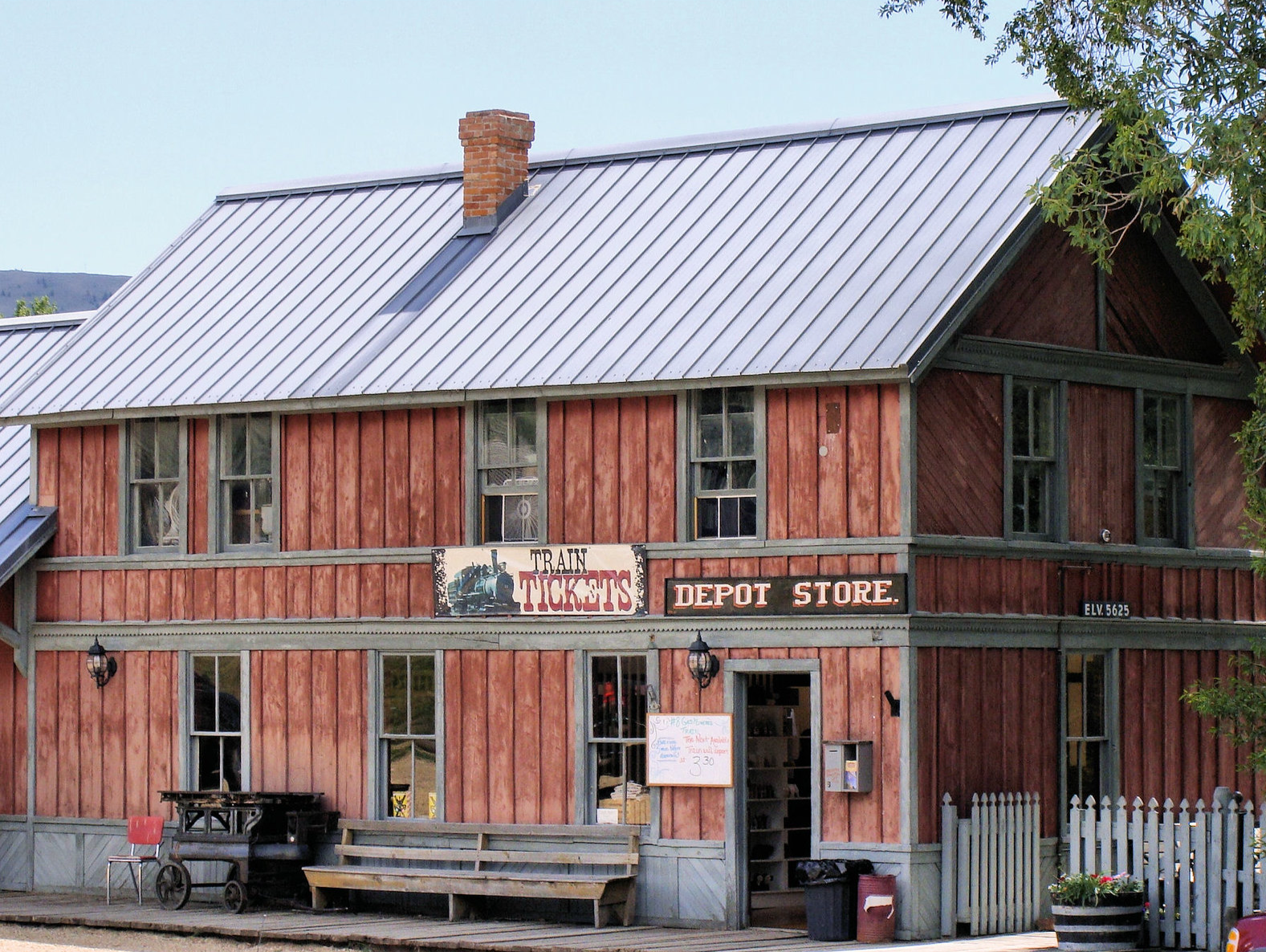 Spend A Day Touring, LLC, Flickr
Spend A Day Touring, LLC, Flickr
Rhyolite, Nevada
The remains of Rhyolite lie on the the eastern side of Death Valley. In the mining town's better days, in 1907, there was a hospital, an opera house, and a stock exchange.
The mines in the area seemed so prosperous that everyone was rushing to invest. Even the famous steel magnate, Charles M Schwab, bought one of the mines.
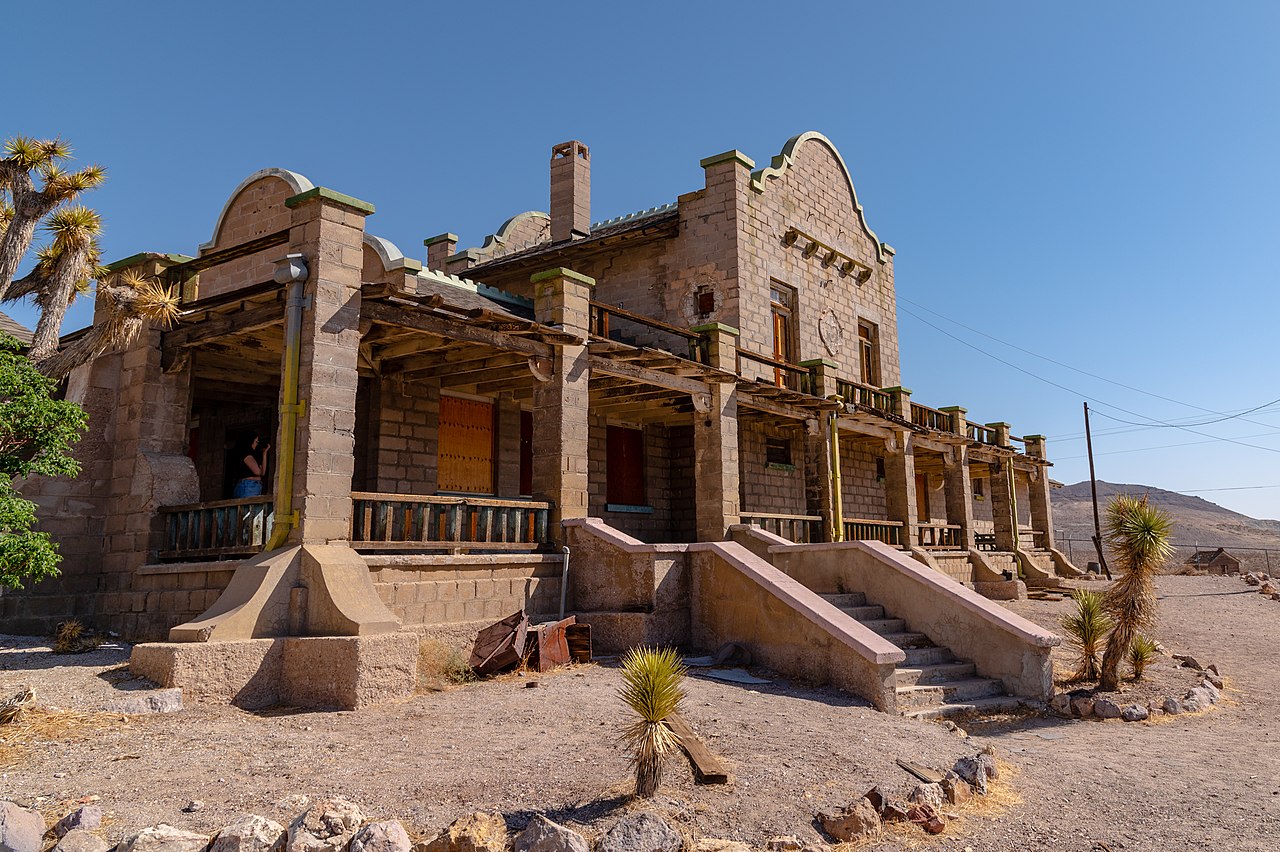 samiamx, CC BY 2.0, Wikimedia Commons
samiamx, CC BY 2.0, Wikimedia Commons
Rhyolite, Nevada
Sadly, it wasn't long before the fortunes in the area turned around. Rhyolite was hit by natural disasters and financial crises as the mines were depleted.
When the mines lost all funding for their operations, pretty much everyone living there abandoned the area. By 1920, it was a ghost town.
Calico, California
Calico was once the site of a thriving silver town. Now, it's one of California's most unique tourist attractions.
In 1881, the state experienced a silver boom, and the area around Calico held 500 mines. Unfortunately, by the mid-1890s, silver lost its value and Calico's residents left to seek their fortunes elsewhere.
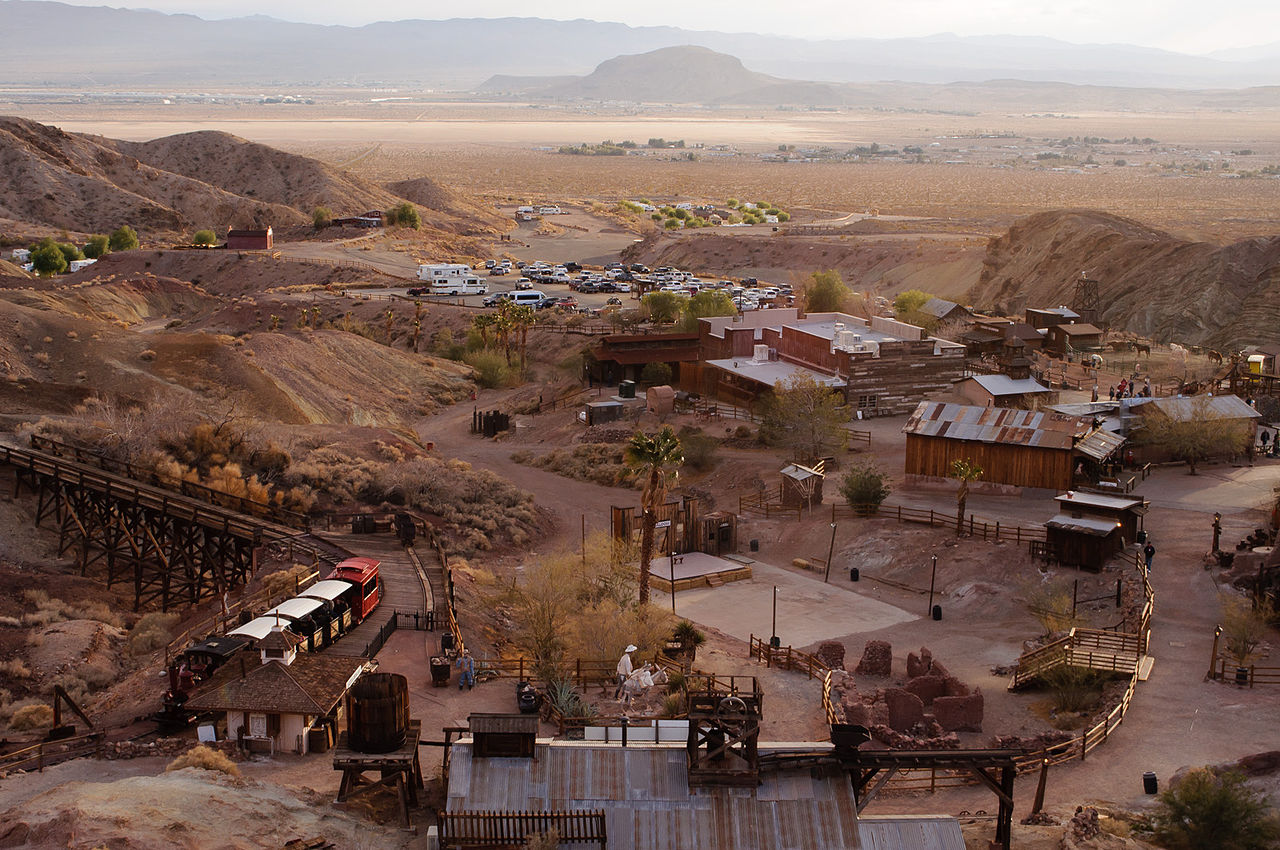 InSapphoWeTrust, CC BY-SA 2.0, Wikimedia Commons
InSapphoWeTrust, CC BY-SA 2.0, Wikimedia Commons
Calico, California
Nowadays, visitors can see many of the town's original buildings, which have been restored. They can also explore one of the old silver mines, take a ride on the Calico Odessa Railroad, and go on a ghost tour of the town.
For accommodations, most people camp at one of the hundreds of campsites nearby or check into a hotel in Barstow.
Frisco, Utah
The town of Frisco was created to be a home for silver workers who were employed at the San Francisco Mine nearby.
The town had more than 20 saloons and was quite a violent place. So violent, in fact, that a murder was reported in the town every day.
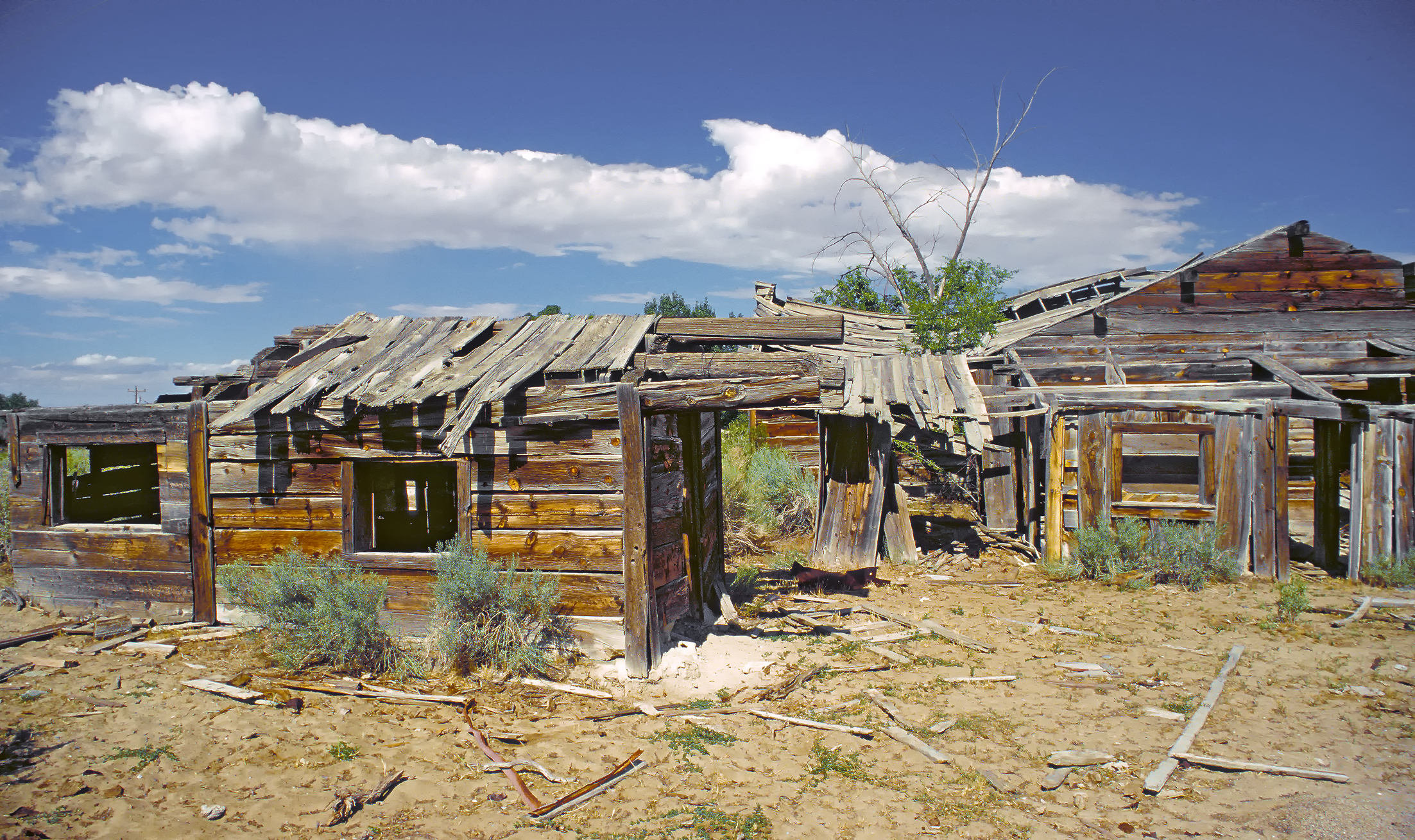 Michael Gäbler, Wikimedia Commons
Michael Gäbler, Wikimedia Commons
Frisco, Utah
Today, Frisco is a great historical site. The town features unique charcoal kilns that are made of stone.
Visitors can also see an old cemetery, rusty mining tools, and what's left of the town's saloons.
White Oaks, New Mexico
White Oaks was built after they struck gold in Baxter Mountain, which is nearby. White Oaks grew to be the second-largest city in New Mexico and was a pretty opulent place with Victorian houses.
It was also one of the favorite hotspots of the infamous outlaw Billy the Kid.
White Oaks, New Mexico
Nowadays, tourists can explore White Oaks' saloon, some of the town buildings, and the cemetery.
To really immerse yourself in the Wild West atmosphere, stay at one of the nearby ranches. There are also lots of accommodations in the nearby town of Carrizozo.
Cahaba, Alabama
Welcome to "Alabama's most famous ghost town." Before the Civil War, from 1820 to 1825, Cahaba was the state capital and a thriving hub for cotton trading and transport.
After the war, it became a town for freed slaves. Sadly, the town was hit by a series of floods and yellow fever epidemics. By 1900, it was completely abandoned.
Cahaba, Alabama
These days, the town is known as the Old Cahaba Archaeological Park. The town's cemeteries and ruins are rumored to be haunted and it's now a popular destination for visitors who want an authentic ghost tour.
One of the most famous apparitions if the orb of Colonel CC Pegues, which still hovers in the gardens of his old home.
Independence, Colorado
If you're ever heading to Aspen, be sure to stop by the town of Independence. Independence was founded in 1880, but was abandoned 19 years later after a horrible winter storm. The miners had to make wooden skis from the remains of the town's cabins so they could escape the area.
Independence, Colorado
Despite the destruction of the storm, several of the town's original buildings did survive. Many tourists like to check out the old general store and the stables.
The site is open year-round, but late June to late August is the best time to go.
Ashcroft, Colorado
Ashcroft is another ghost town near Aspen. It used to be a silver mining town and at the height of its power in 1883, 2,000 people called it home.
There were 20 saloons, two newspaper companies, a courthouse, and even a school. Unfortunately, the towns fortunes quickly took a turn for the worst.
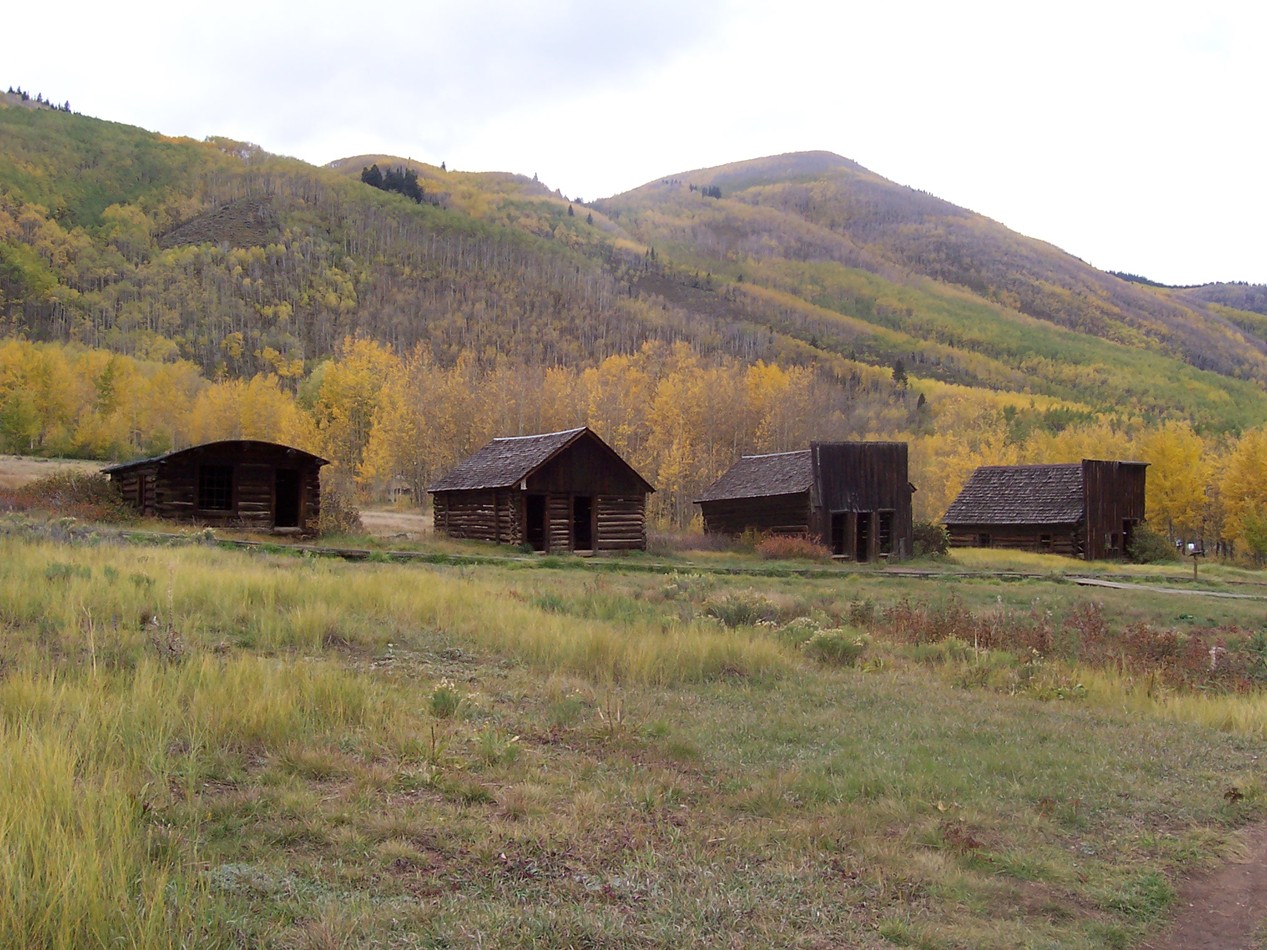 John Holm, CC BY 2.0, Wikimedia Commons
John Holm, CC BY 2.0, Wikimedia Commons
Ashcroft, Colorado
By 1885, most people had left the town, and only 100 people called it home during the summer months.
Nowadays, visitors can see restored building like the town post office and hotel, and the Blue Mirror Saloon. For those looking to learn more about the history of the town, the Aspen Historical Society performs guided tours in the summer.
Blue Heron, Kentucky
The mine at Blue Heron was operational from 1937 to 1962, but the town itself saw its better days in the 1980s. Now, tourists can explore the buildings and learn about life in the old mining camp.
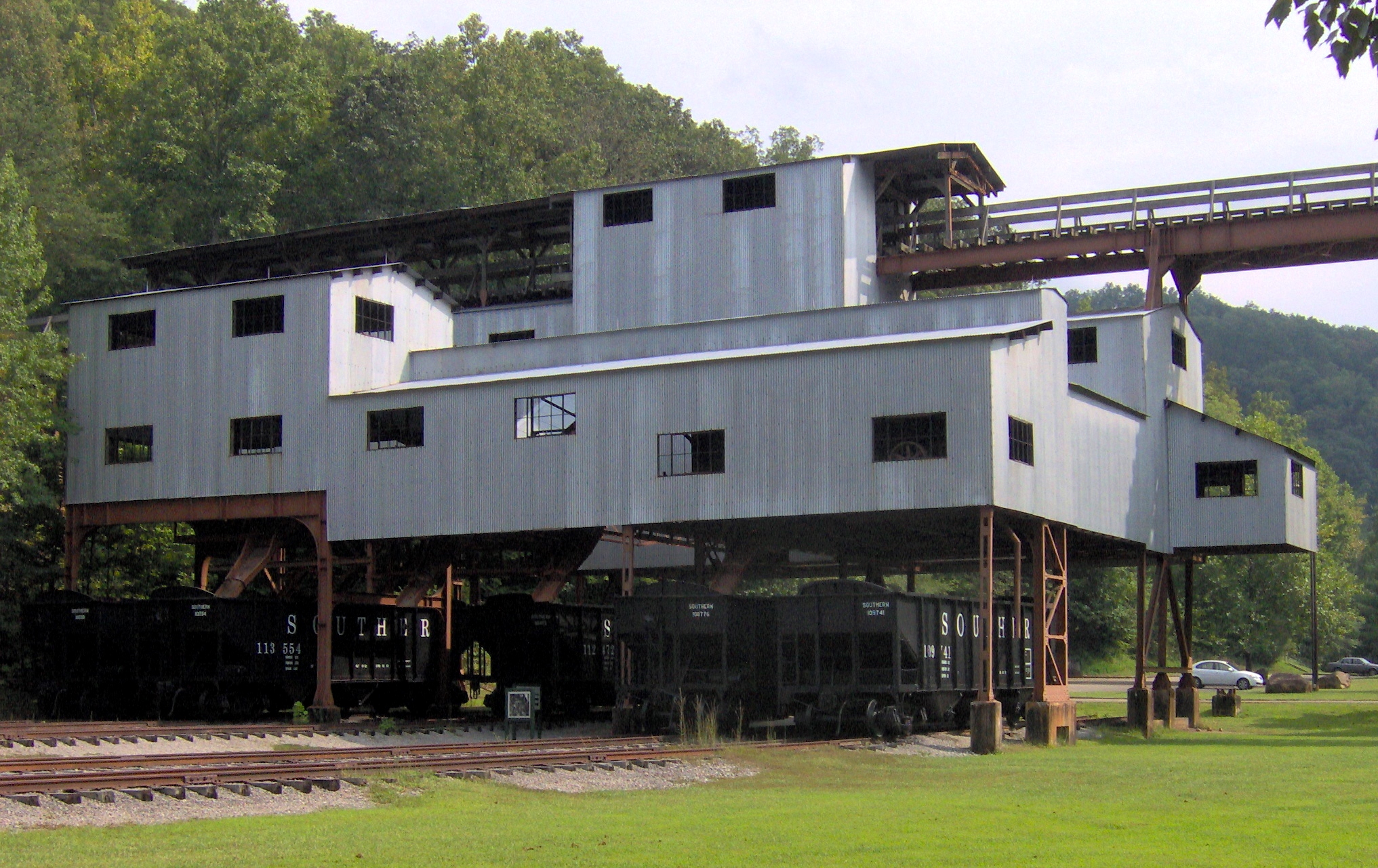 Brian Stansberry, CC BY 3.0, Wikimedia Commons
Brian Stansberry, CC BY 3.0, Wikimedia Commons
Blue Heron, Kentucky
One of the town's coolest features is the Big South Fork Blue Heron Ghost Train. Visitors can listen to ghost stories as they head up to spend the night at the abandoned mining camp.
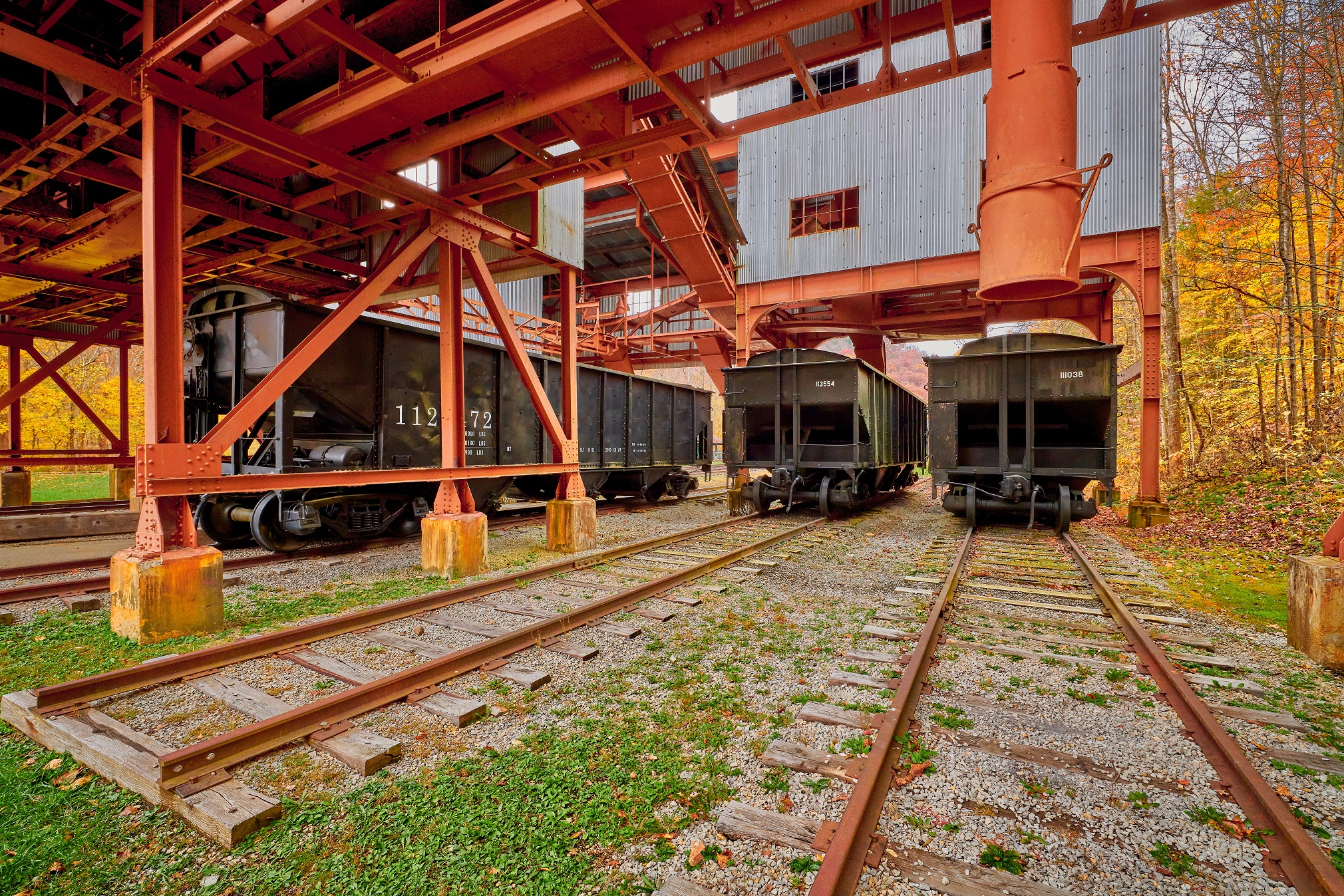 Patrick Jennings, Shutterstock
Patrick Jennings, Shutterstock
Ruby, Arizona
The miners in Ruby struck gold in the late 1870s, turning the town into one of Arizona's largest mining camps.
The mine shut down in 1940, but tourists can still visit the old school and playground, and see some of the old mining equipment.
Ruby, Arizona
In addition to the ghost town, the area around Ruby is a great place to hike or go fishing. there are also many campsites near the ghost town for those who don't mind roughing it.
Grafton, Utah
Situated on the southwest side of Zion National Park is where you'll find Grafton. This ghost town was founded by Mormons in 1859, and the old schoolhouse is often considered to be the best-preserved building in Utah's ghost towns.
Grafton, Utah
In addition to the school house, visitors can check out the town's cemetery and several houses that have been restored.
The area also provides tourists with incredible panoramic views of the surrounding mountains, which were featured in the movie Butch Cassidy and the Sundance Kid.
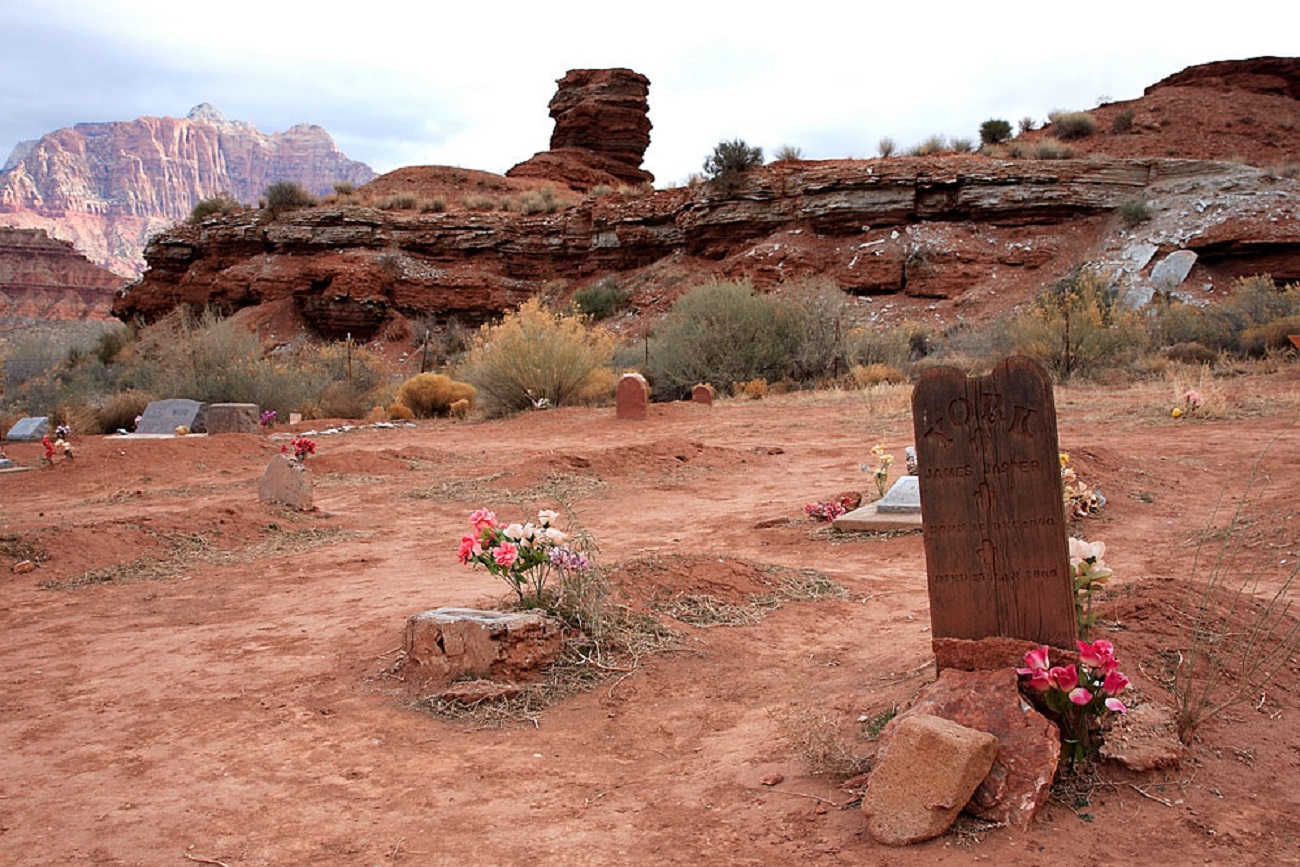 mandj98, CC BY 2.0, Wikimedia Commons
mandj98, CC BY 2.0, Wikimedia Commons
Kennecott, Alaska
Located in the middle of Wrangell–St. Elias National Park, Kennecott is a great example of an early 20th-century copper mining town.
From 1911 to 1938, 600 people lived in the town. Half of them worked in the town while the other half worked in the mines, raking in almost $200 million worth of copper.
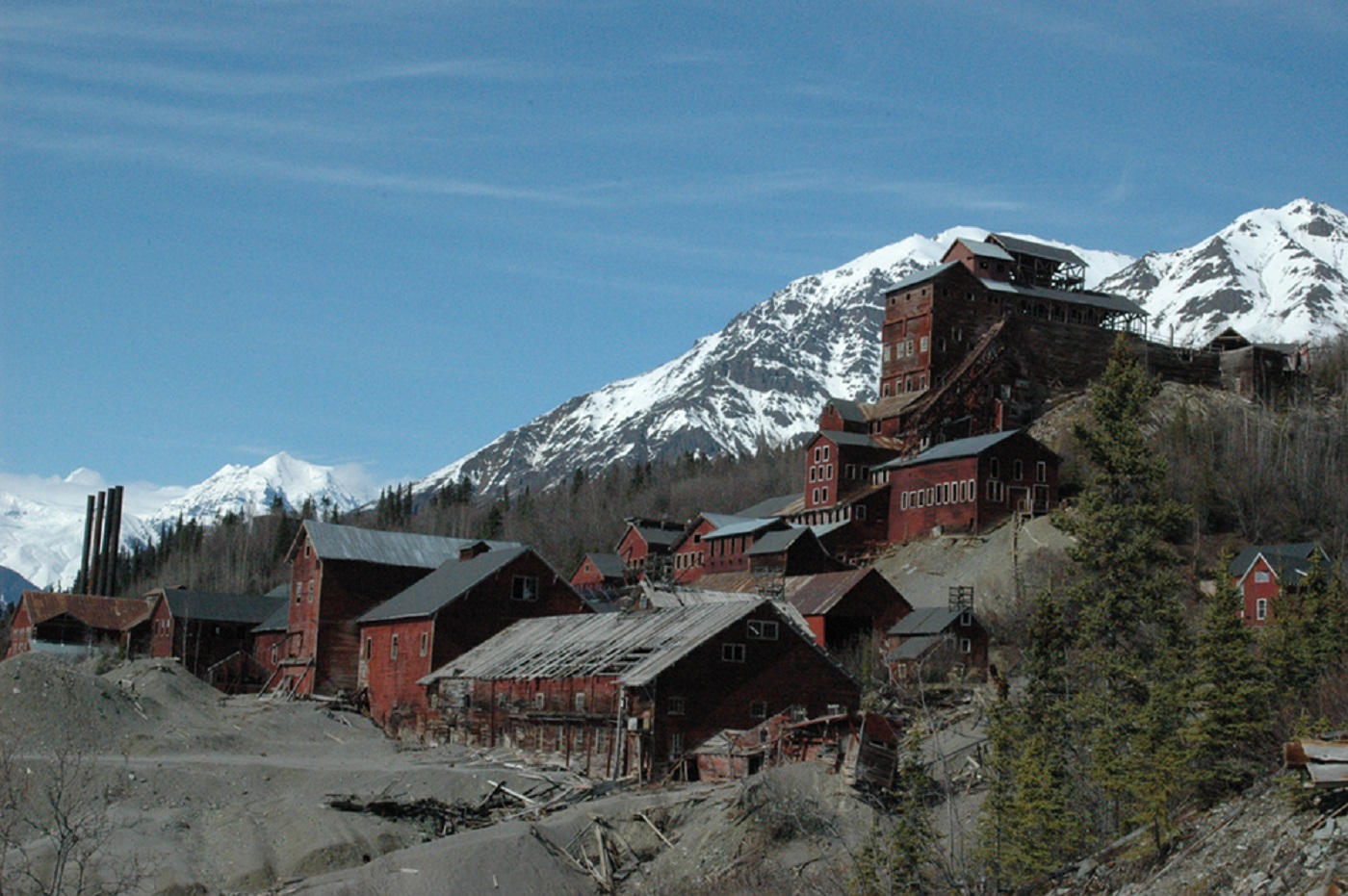 Sewtex, CC BY-SA 3.0, Wikimedia Commons
Sewtex, CC BY-SA 3.0, Wikimedia Commons
Kennecott, Alaska
The town was supported by the Kennecott Copper Corporation who built it up to include a hospital, a school, a skating rink, general store, and recreation hall.
But when the copper mine ran dry in 1938, the company abandoned the town, leaving the equipment and buildings that can be seen today.
Bannack, Montana
Bannack is famous for its high levels of paranormal activity, and was once feature on the show Ghost Adventures. This abandoned mining town was founded in 1862, after gold was struck on Grasshopper Creek.
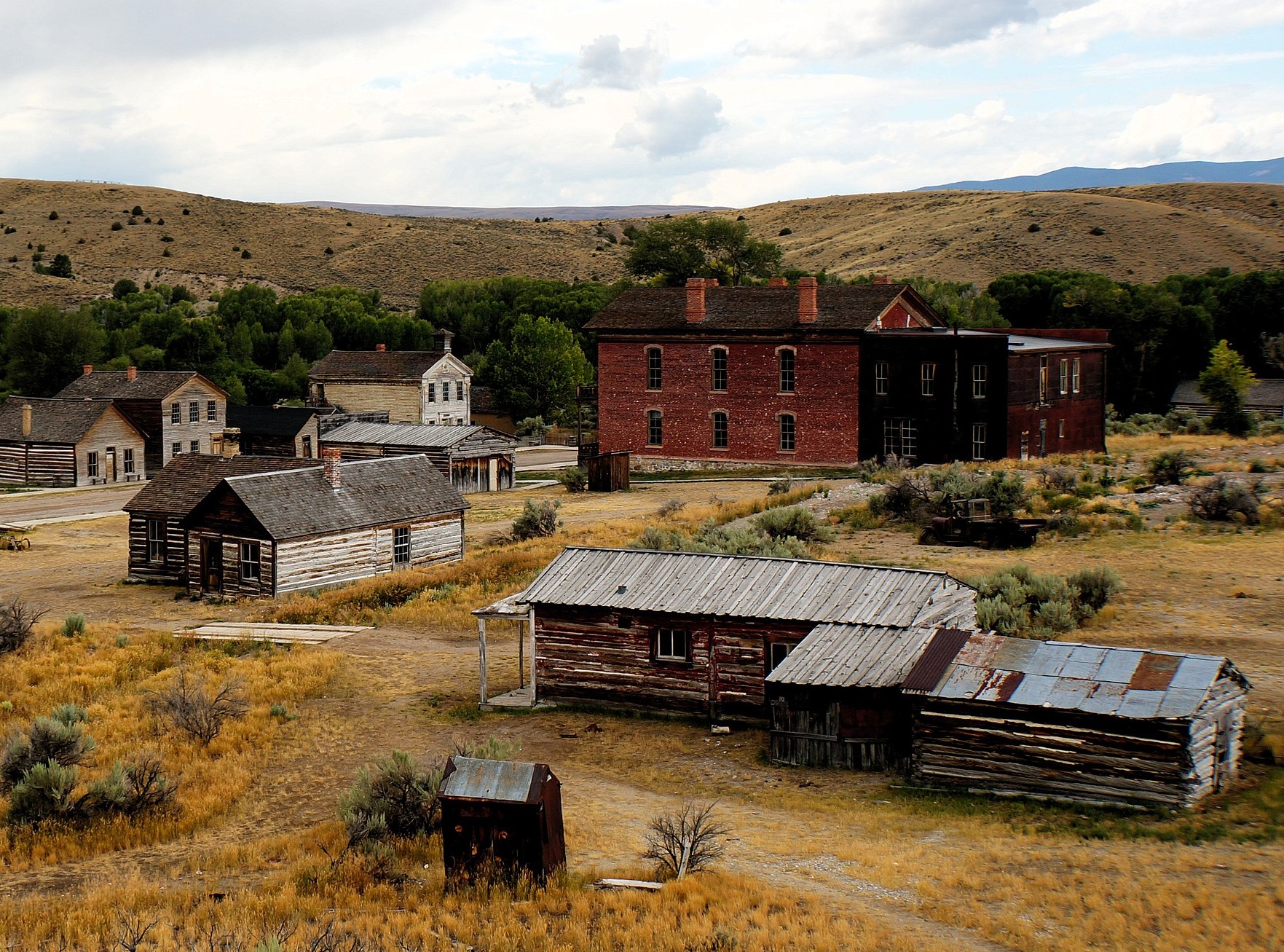 Mr Hicks46, CC BY-SA 2.0, Wikimedia Commons
Mr Hicks46, CC BY-SA 2.0, Wikimedia Commons
Bannack, Montana
When gold was found in Virginia City nearby, many of Bannock's miners moved to the new hotspot. Bannock became a town of lawlessness, and soon saw more robberies and murders than most of America's other stagecoach routes.
The last of the town's residents left in 1950, and the remaining sixty buildings are now protected by the state.
Centralia, Pennsylvania
Centralia used to be the home of a coal mine, but in 1962, a landfill burn spread to the coal mine, creating an underground fire that has been producing smoke and harmful gasses ever since.
It's expected to burn for another 250 years.
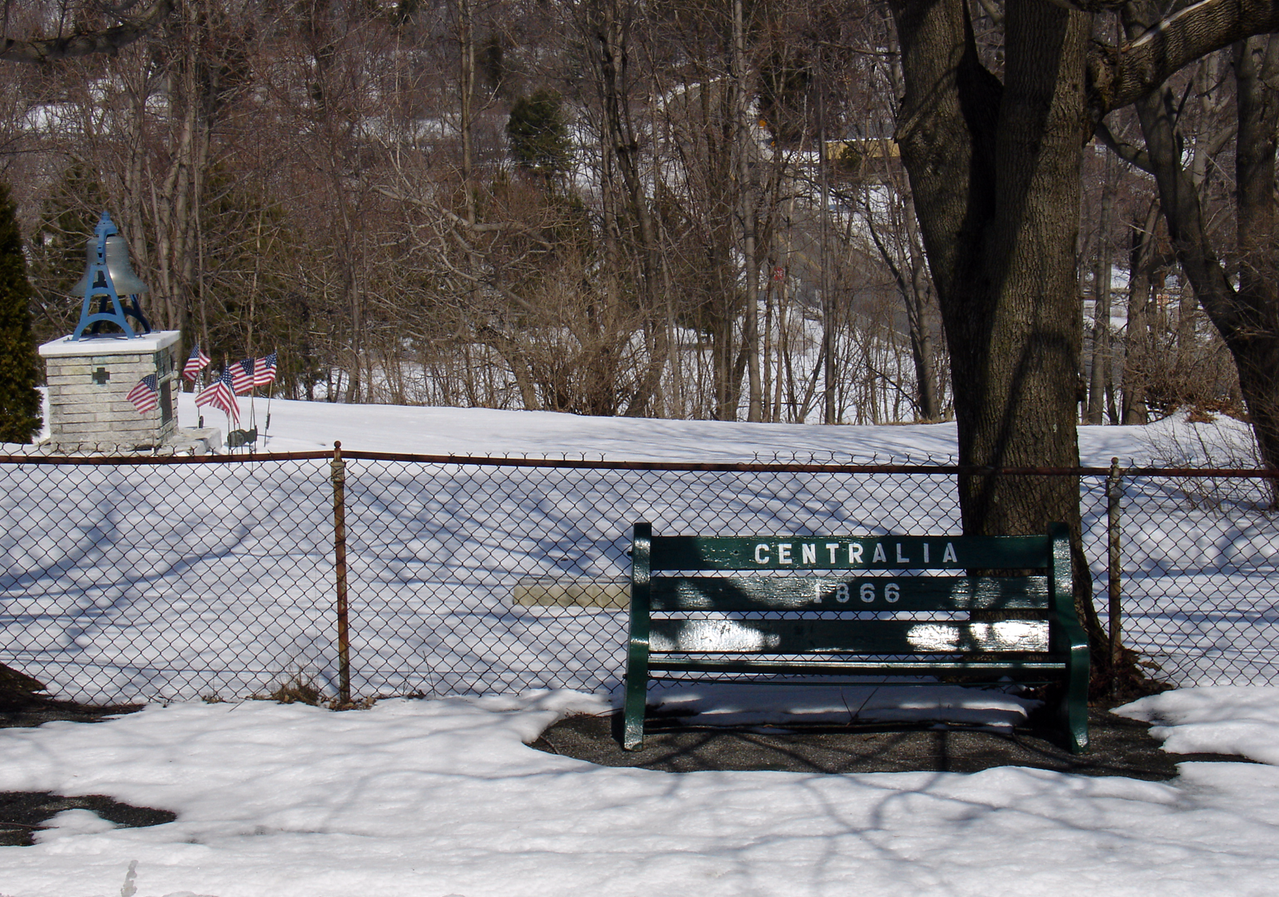 Mredden, CC BY-SA 3.0, Wikimedia Commons
Mredden, CC BY-SA 3.0, Wikimedia Commons
Centralia, Pennsylvania
Initially, the fire destroyed much of the town and the surrounding area, and caused huge fiery sinkholes to tear open the land. Pretty much all of the town's 2,000 residents left the area, and Centralia has all but been condemned by the state.
As of 2020, only five of the original residents remain in the town.

